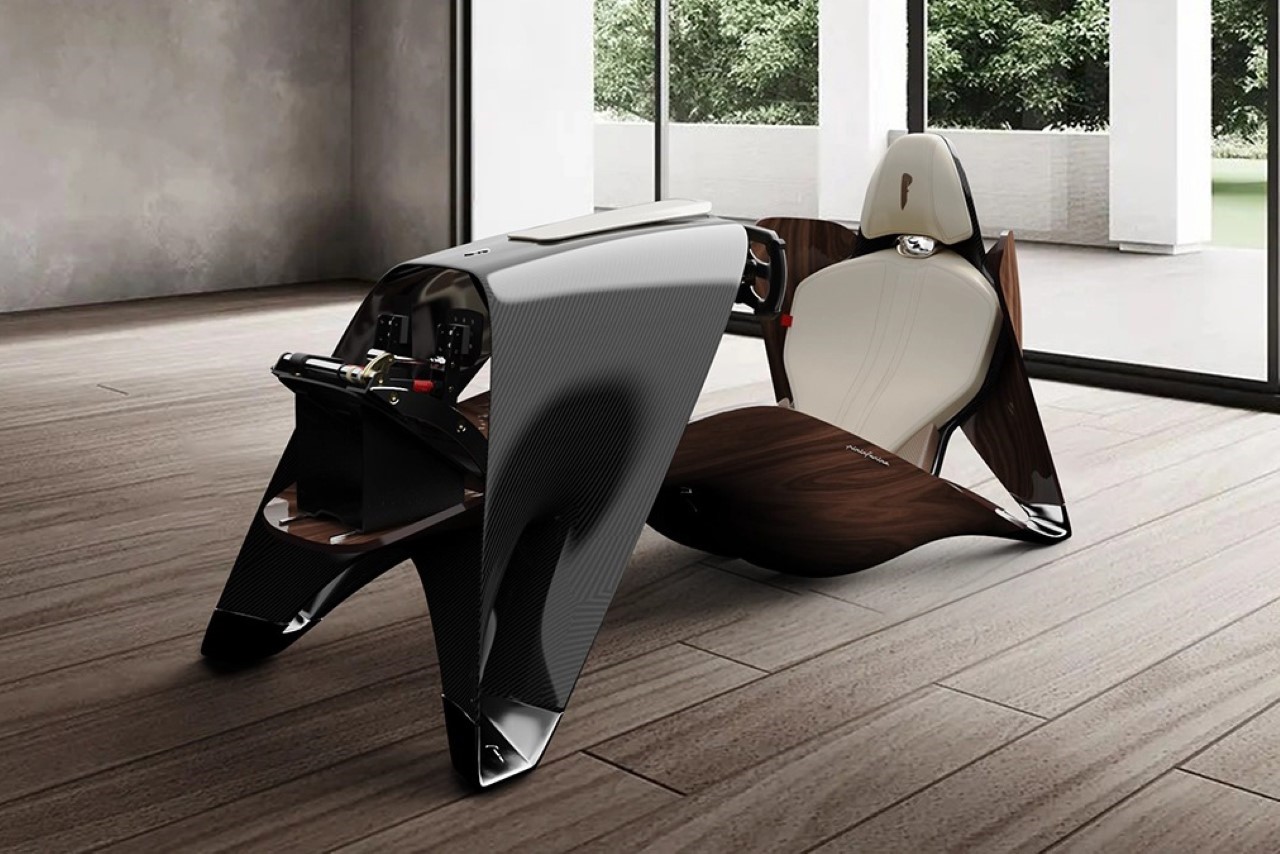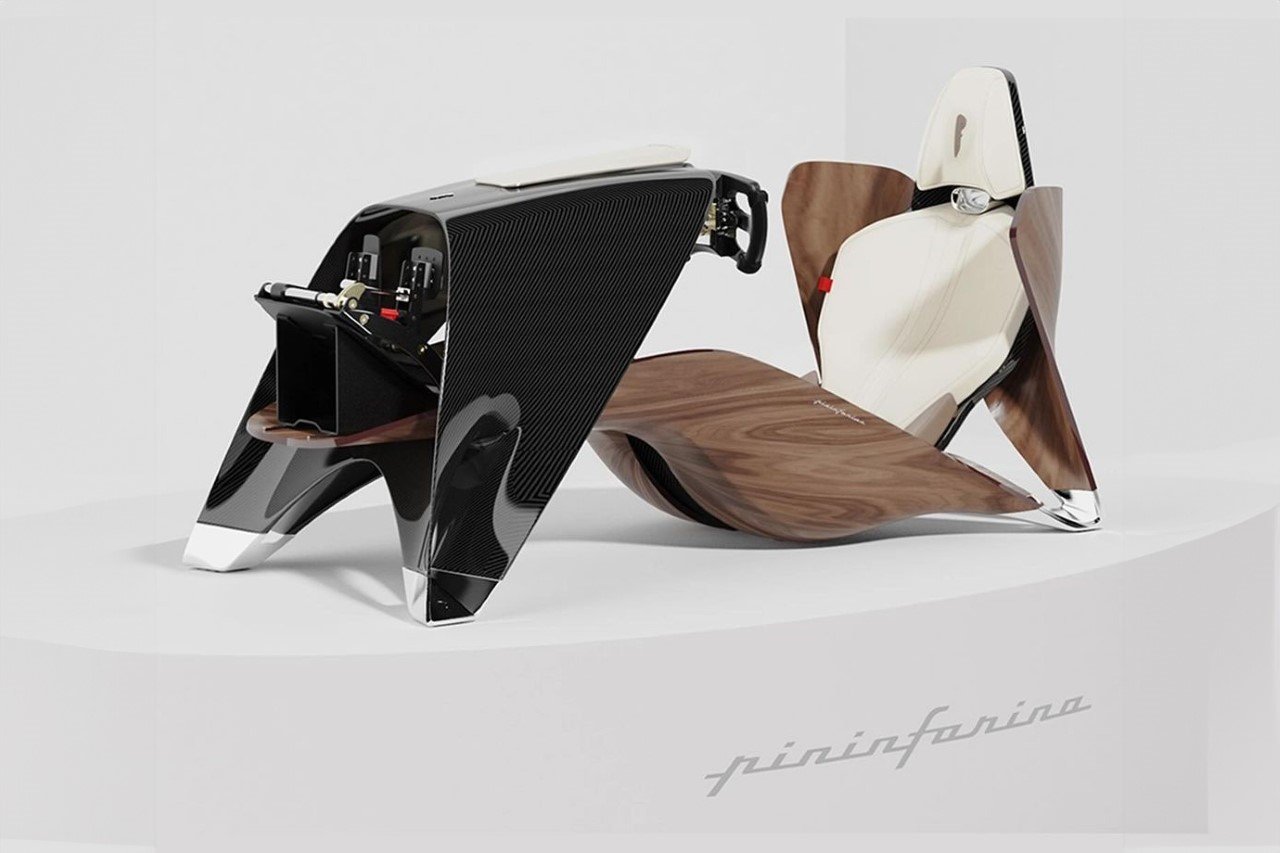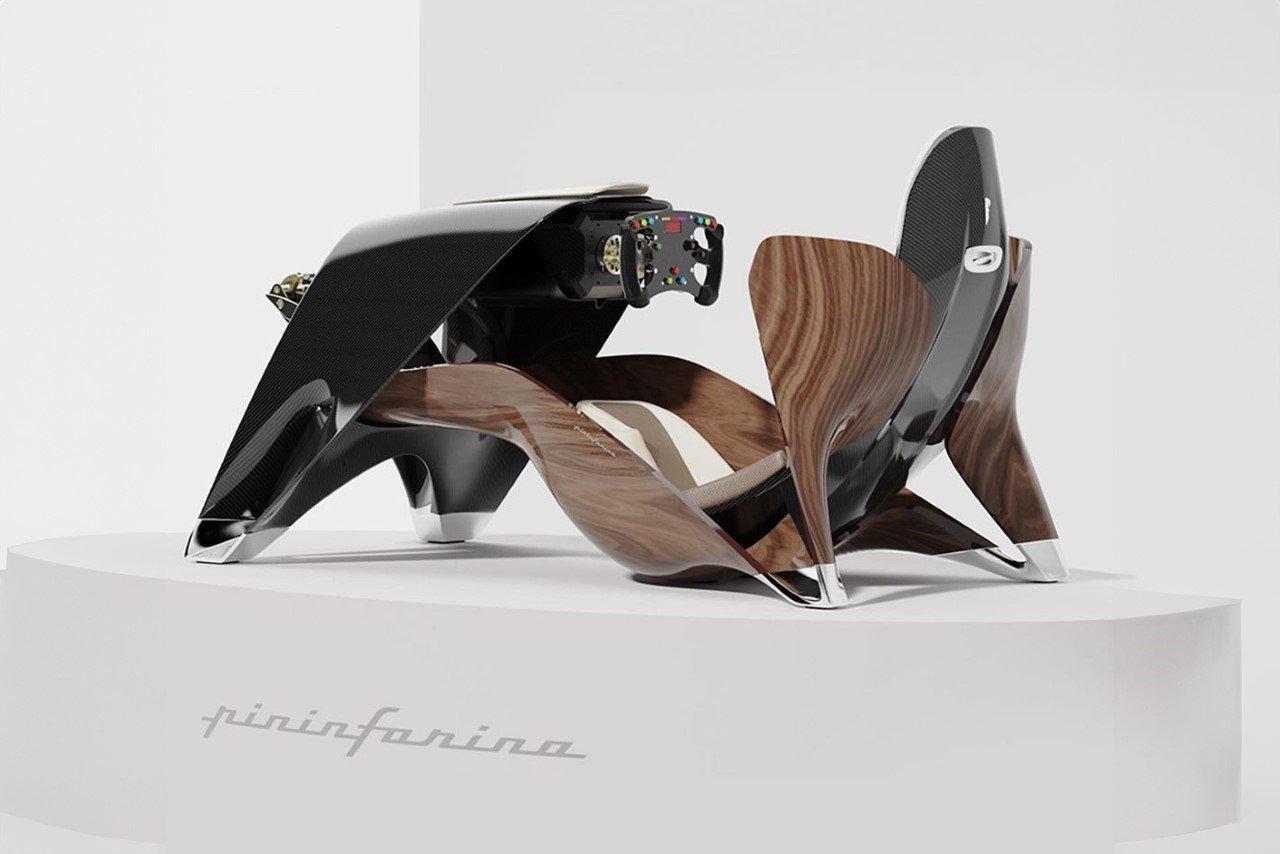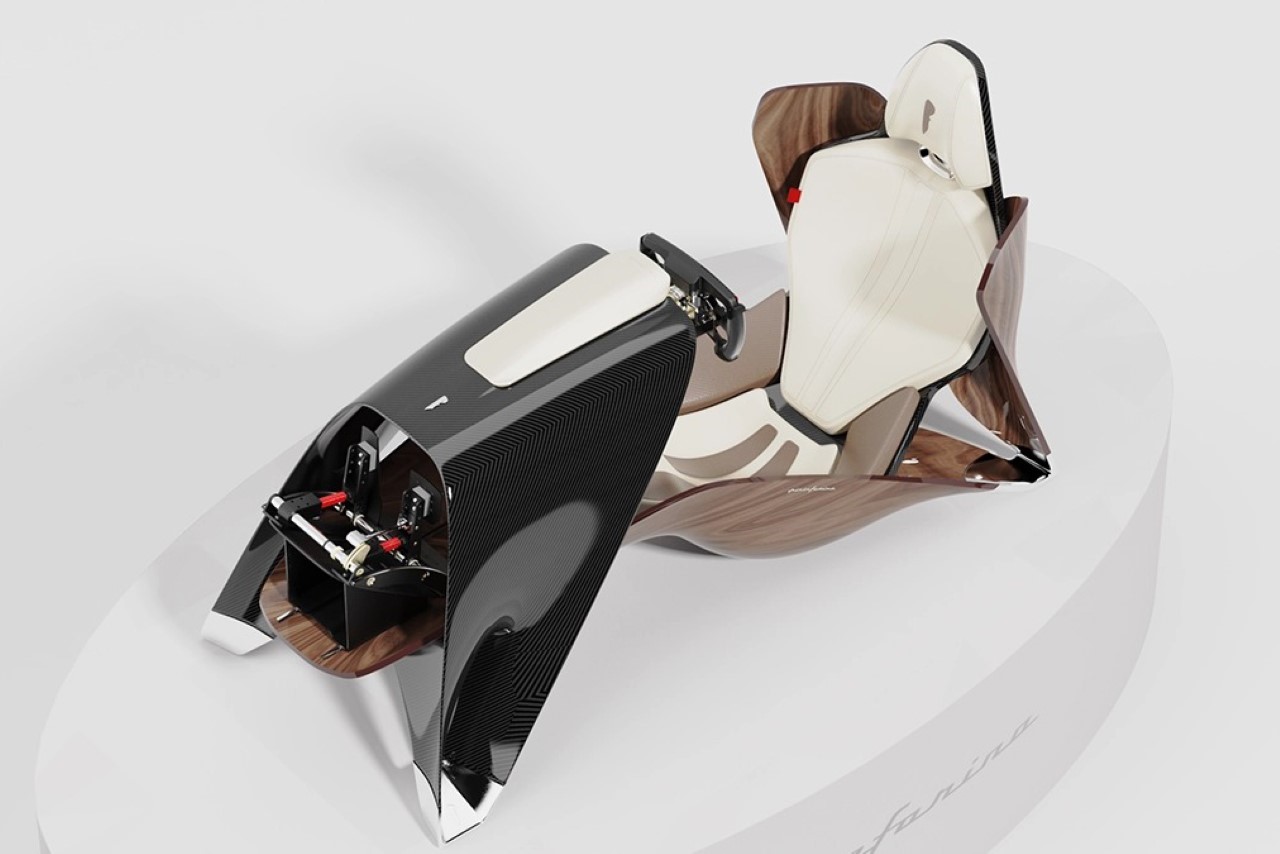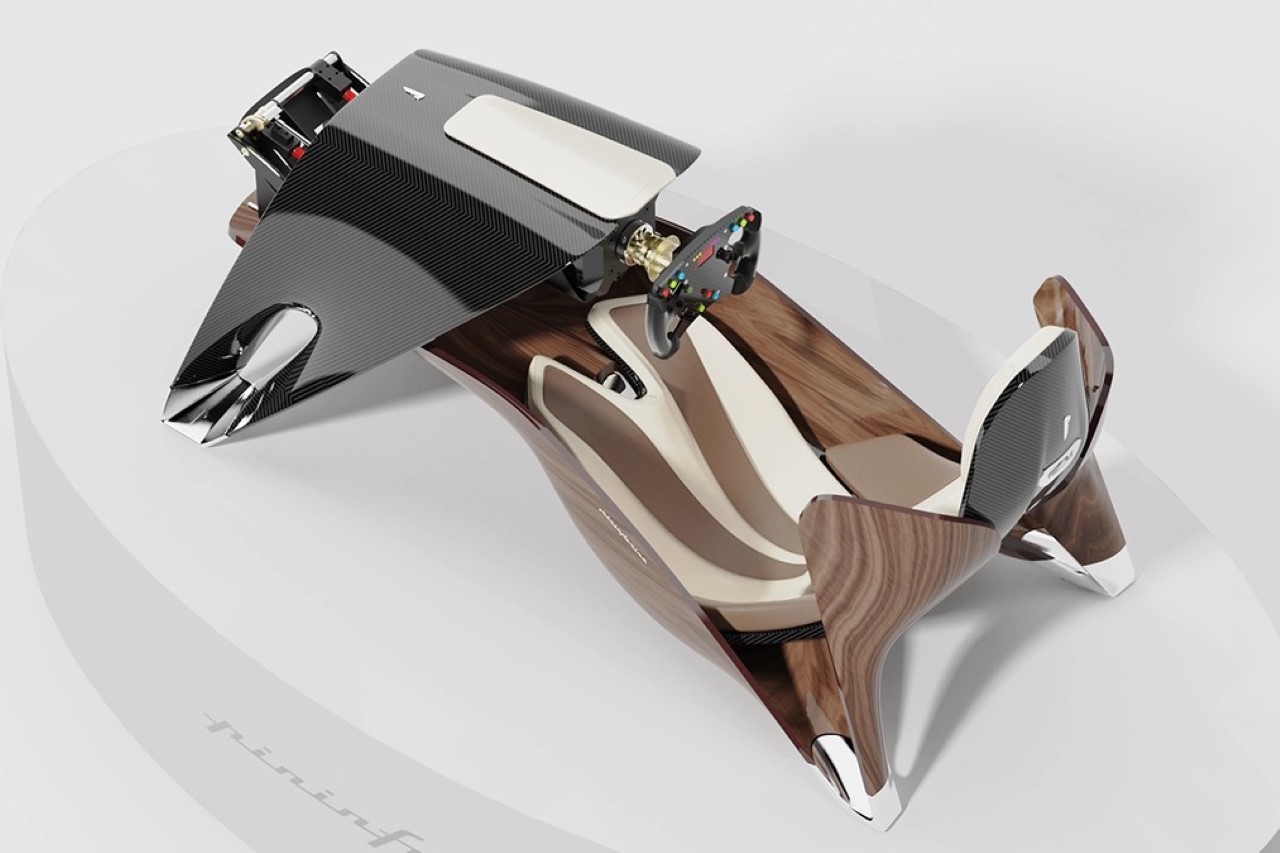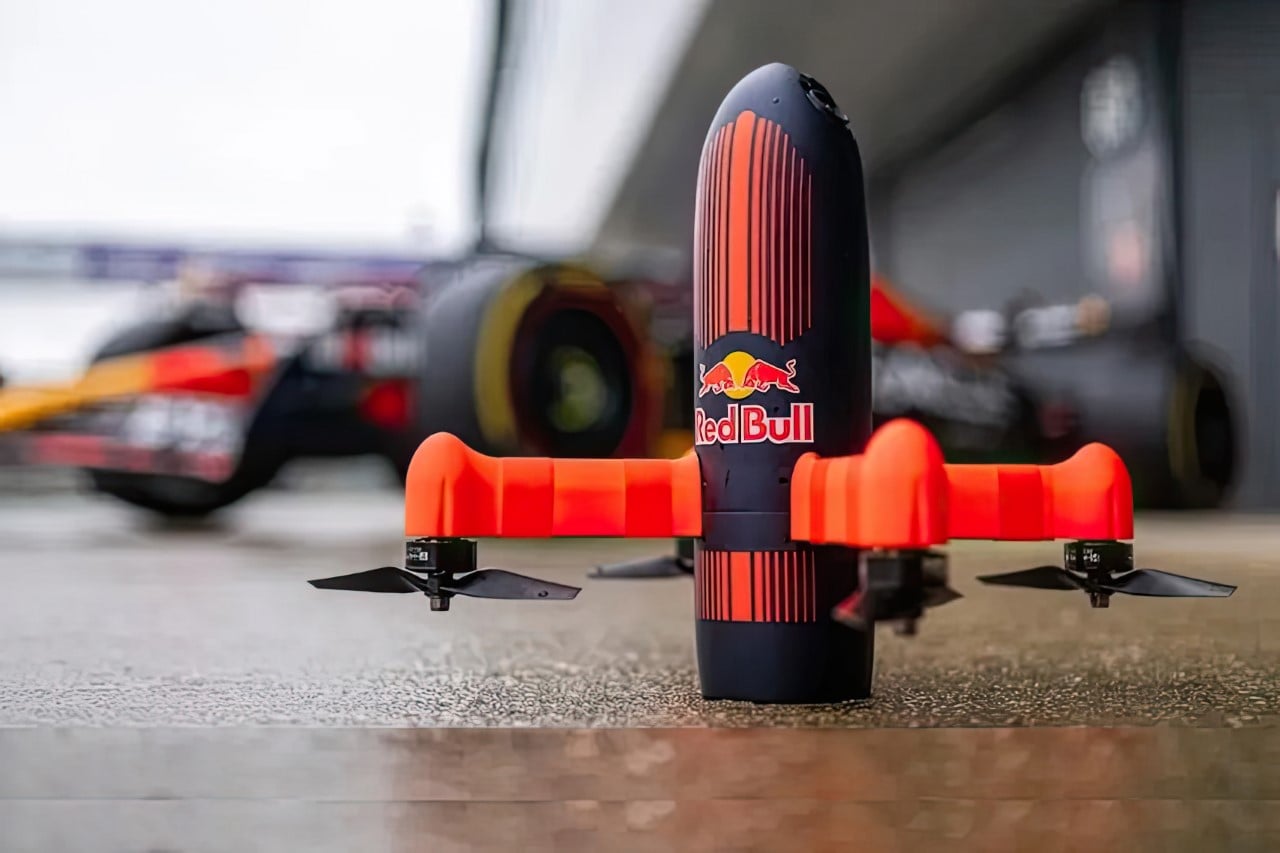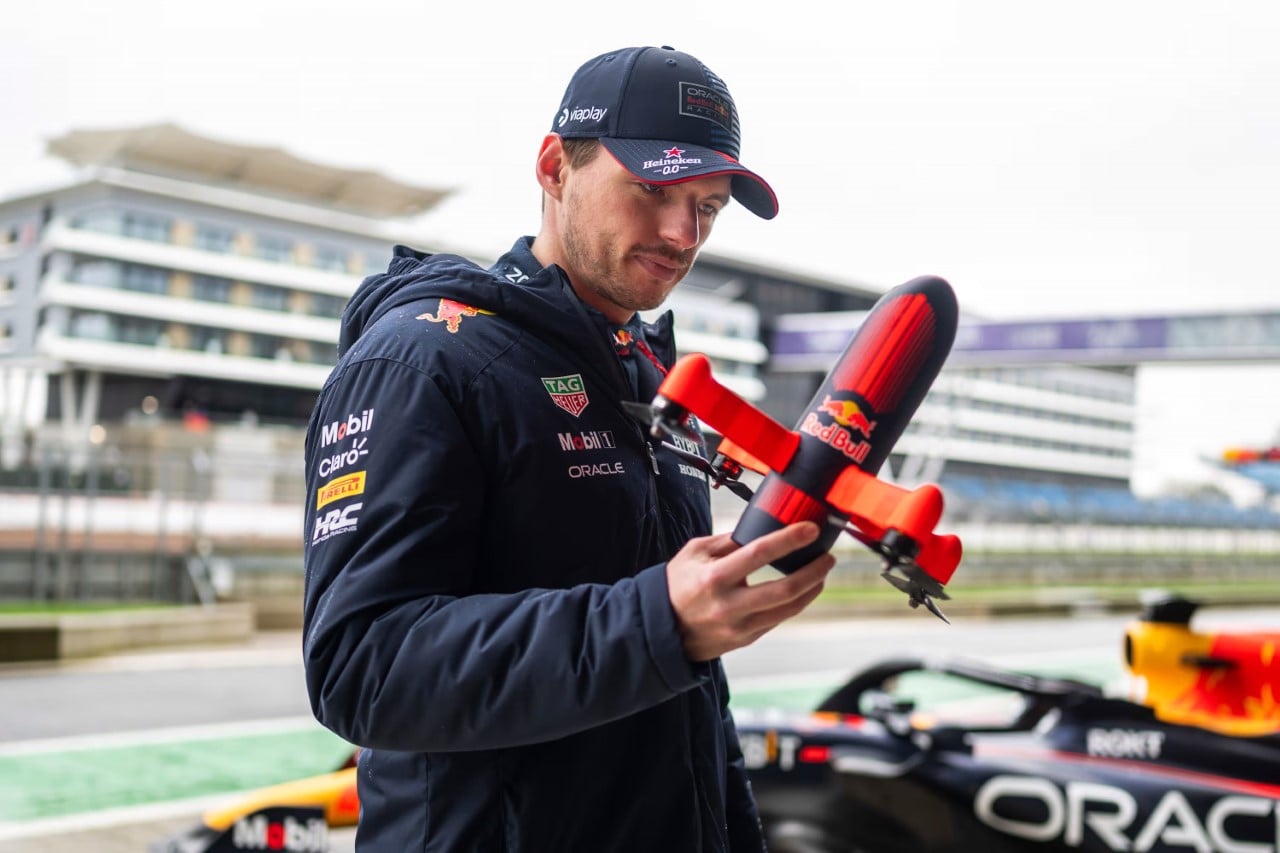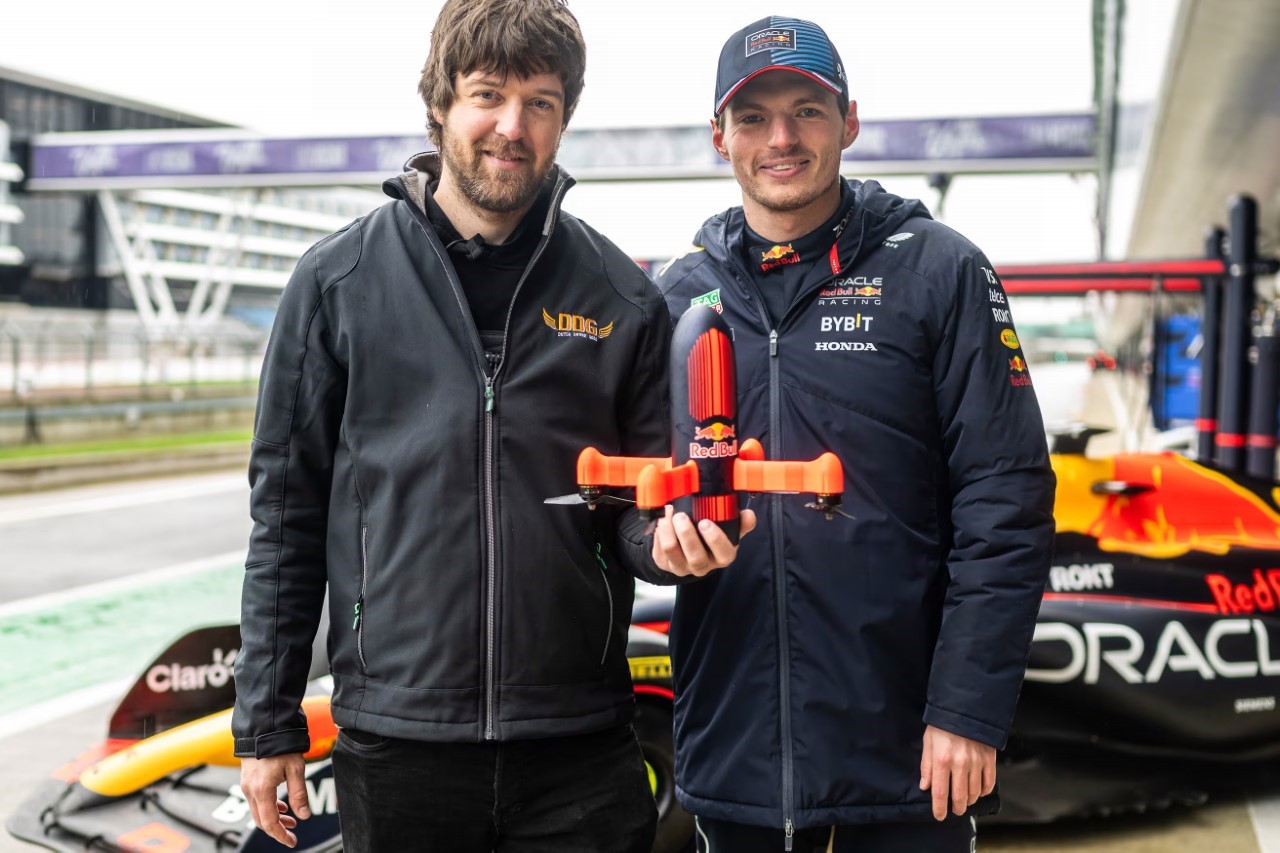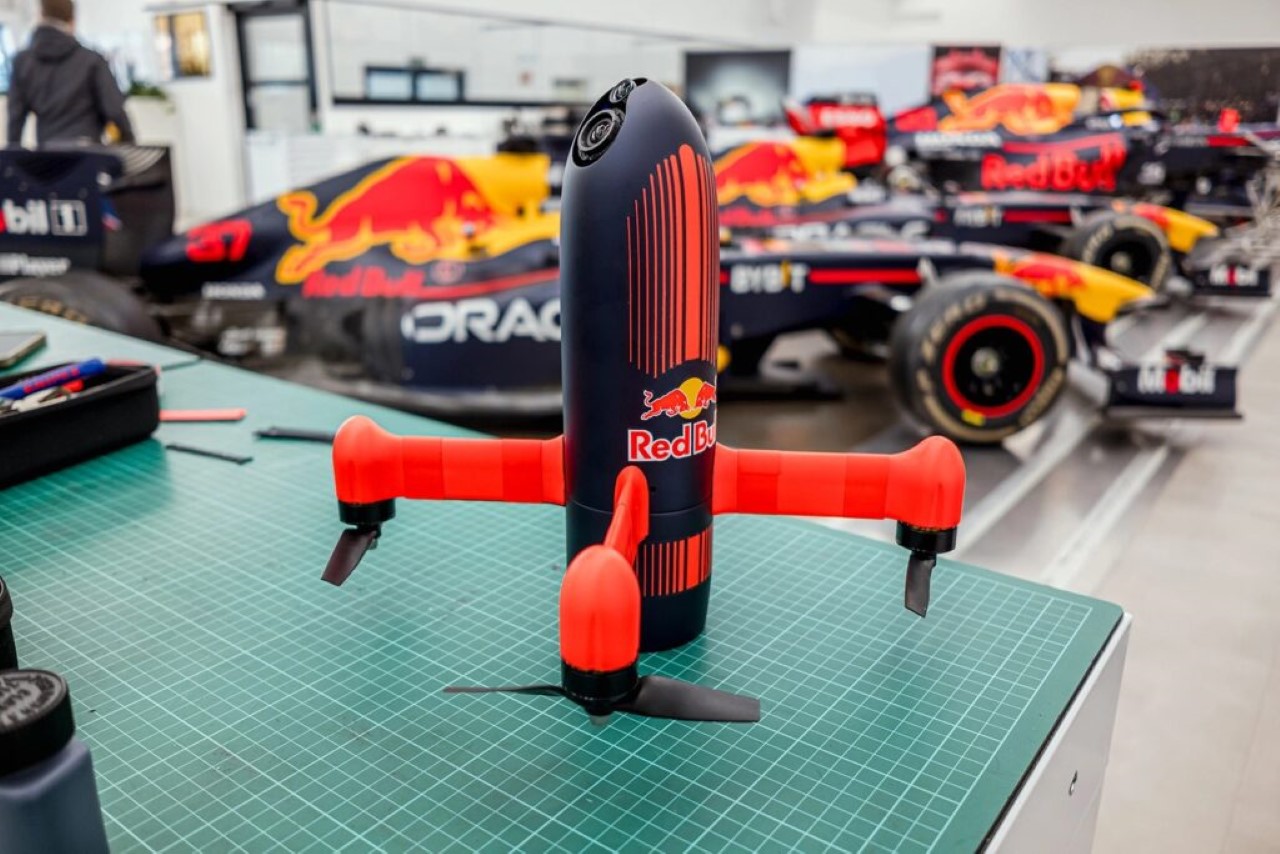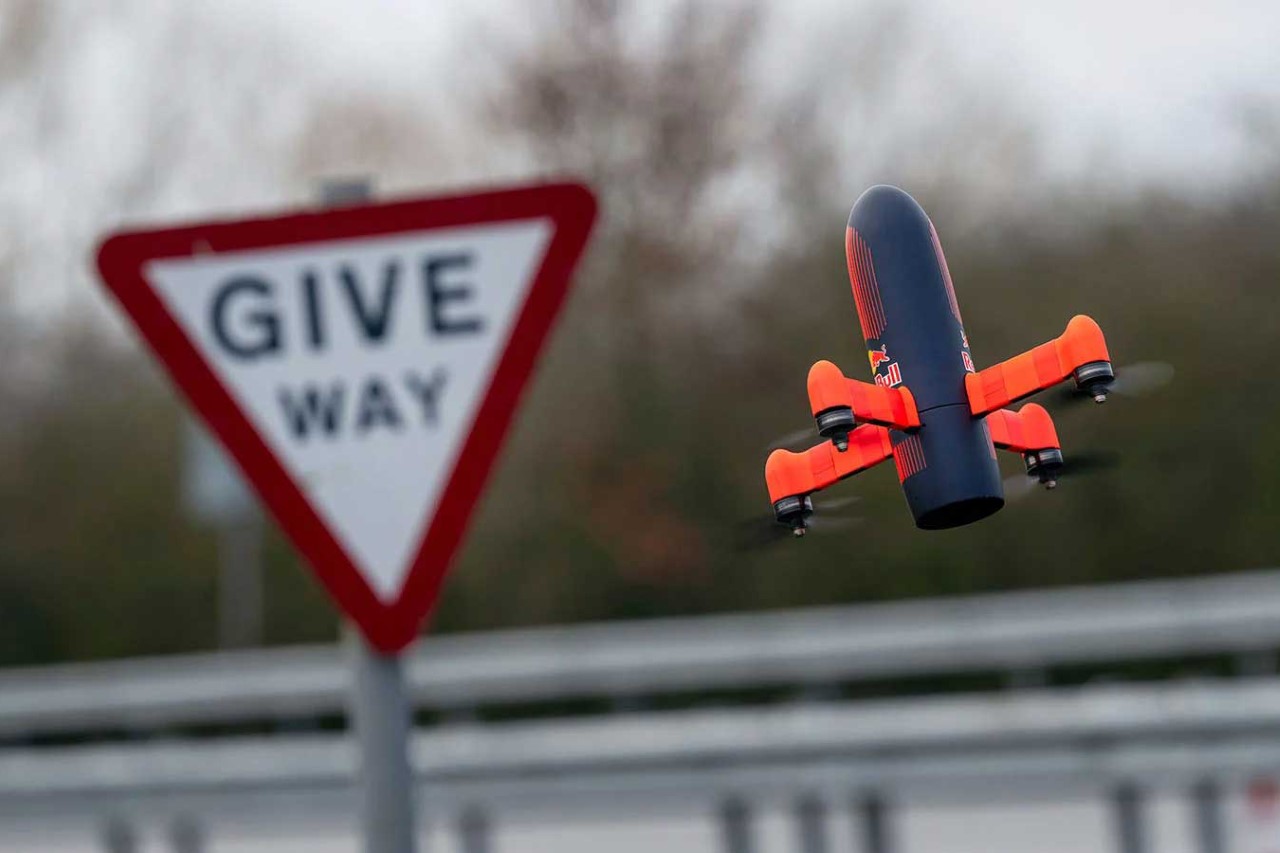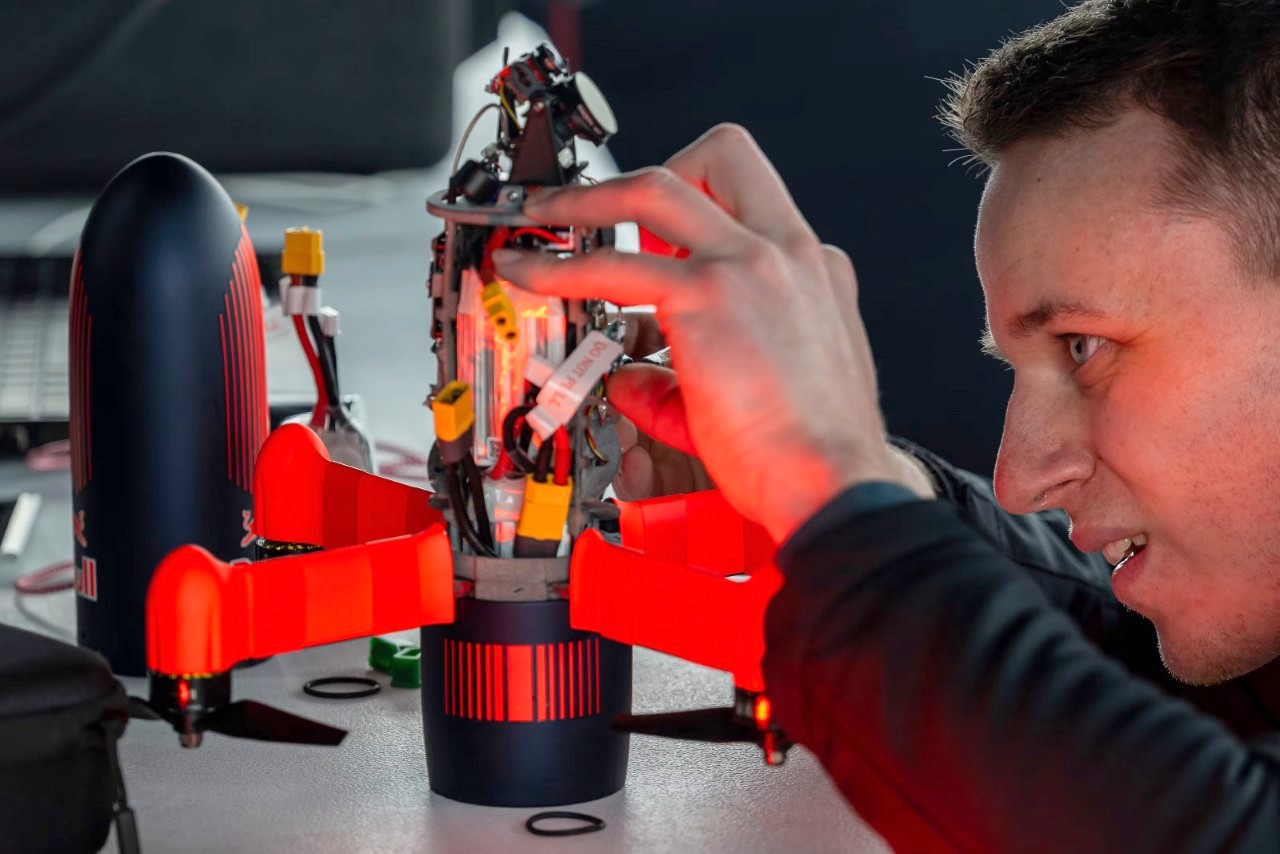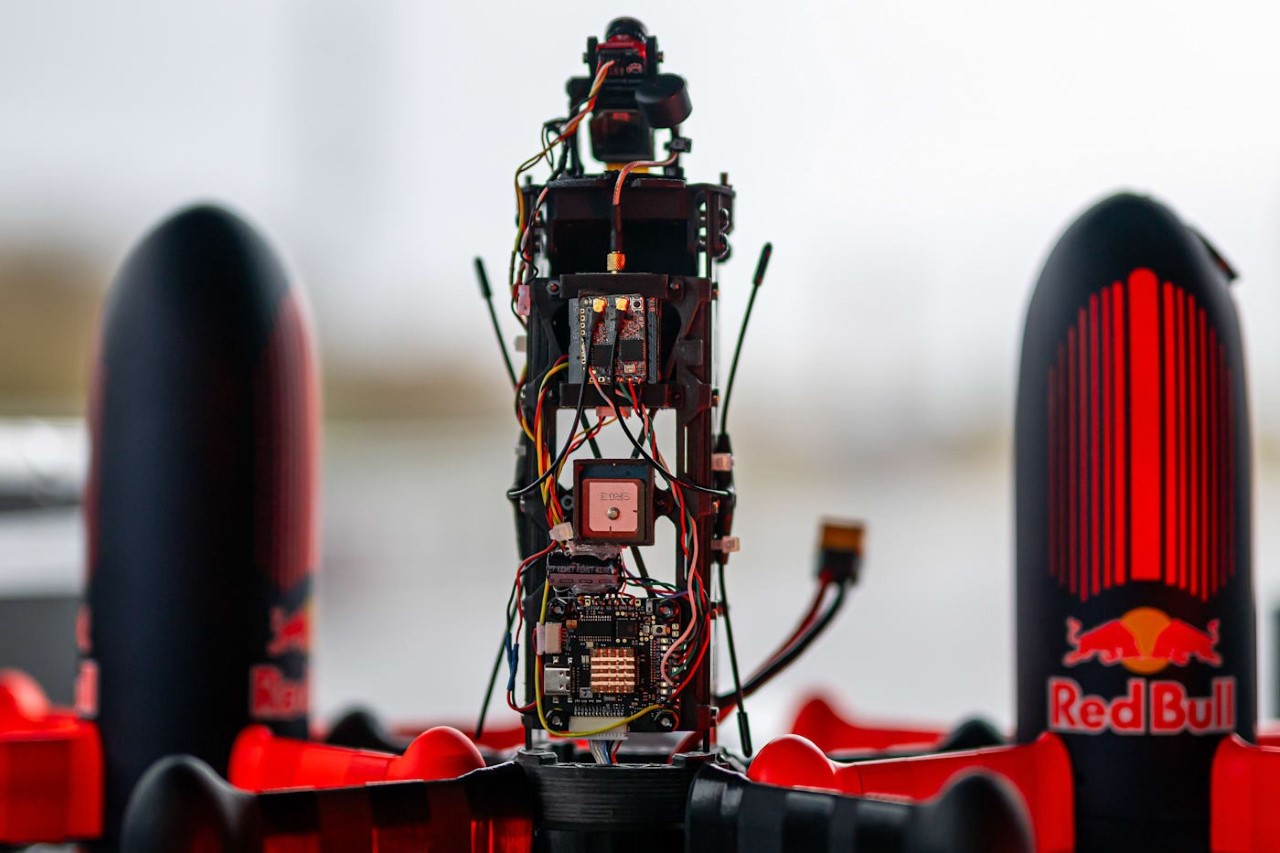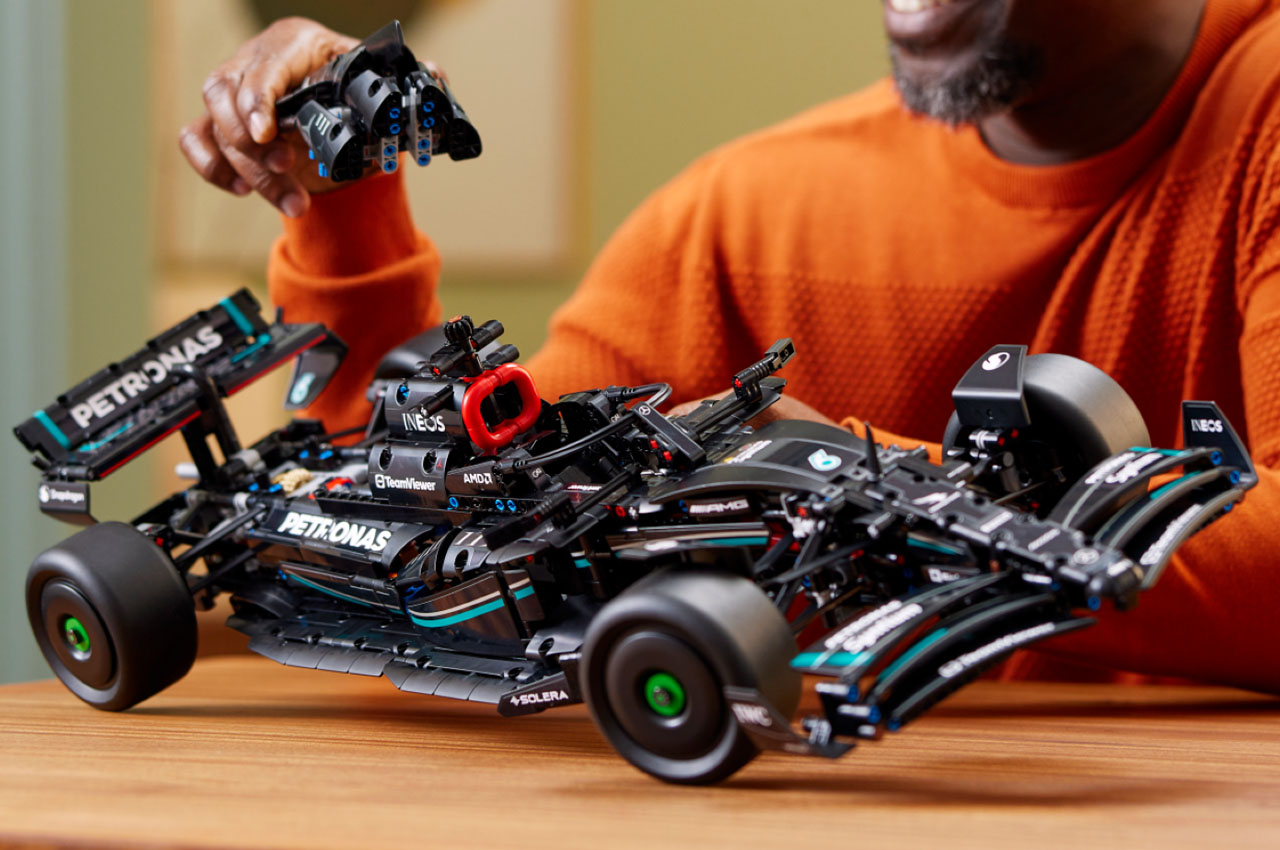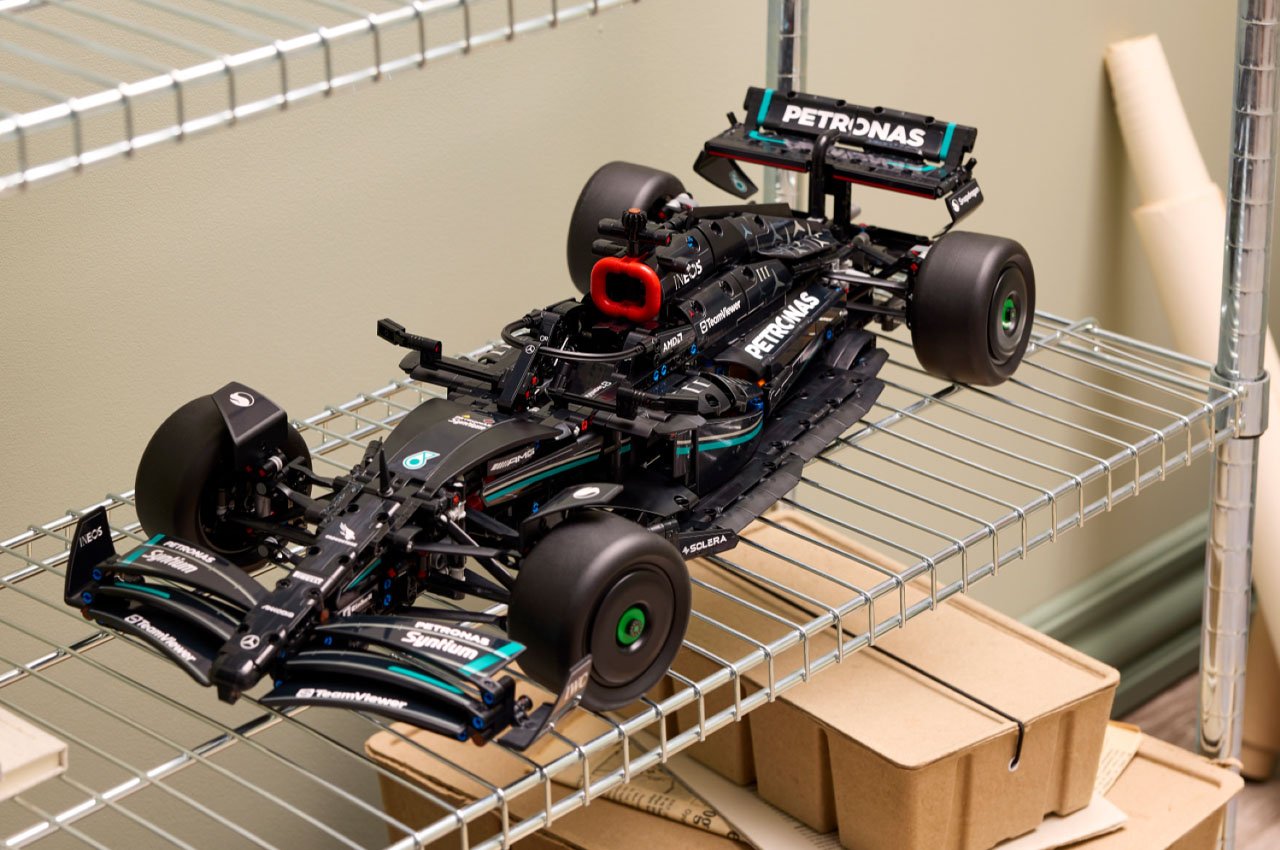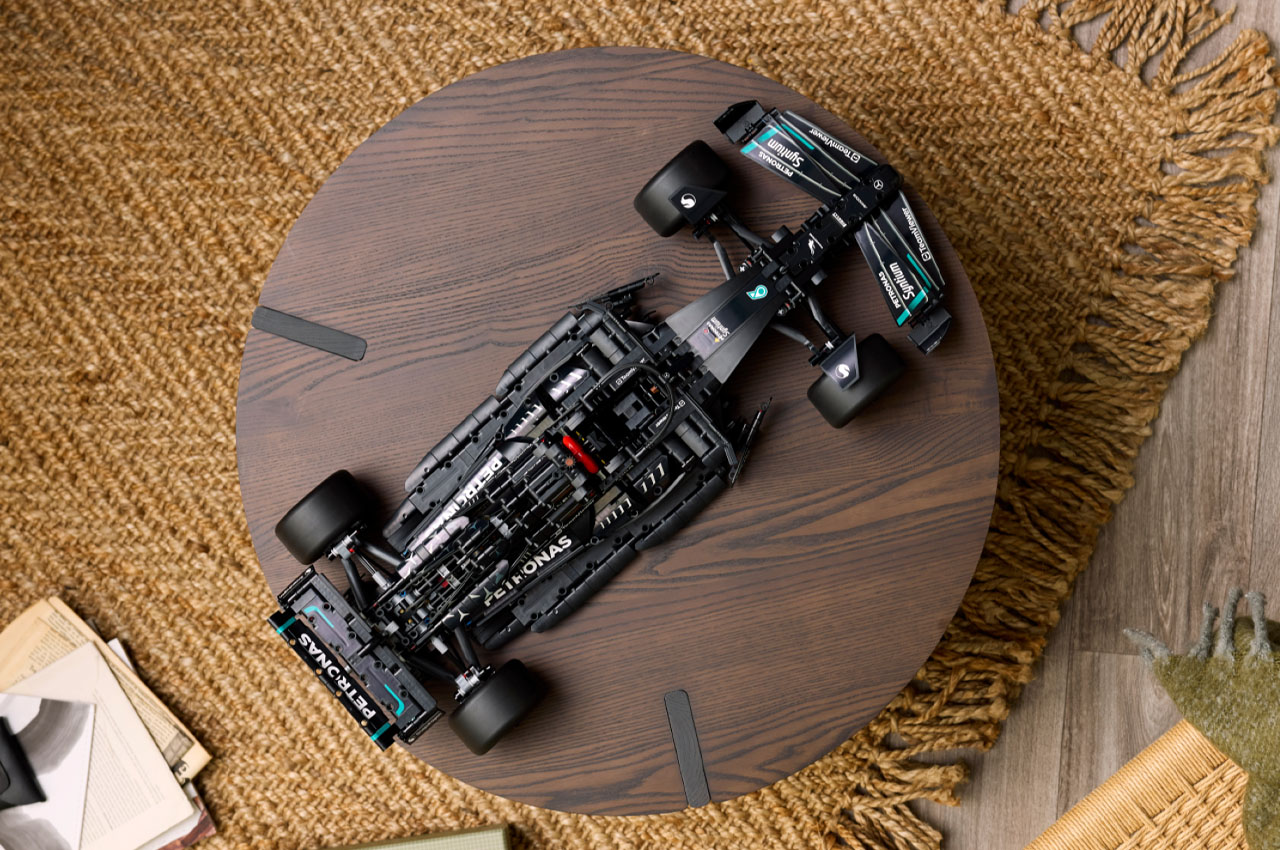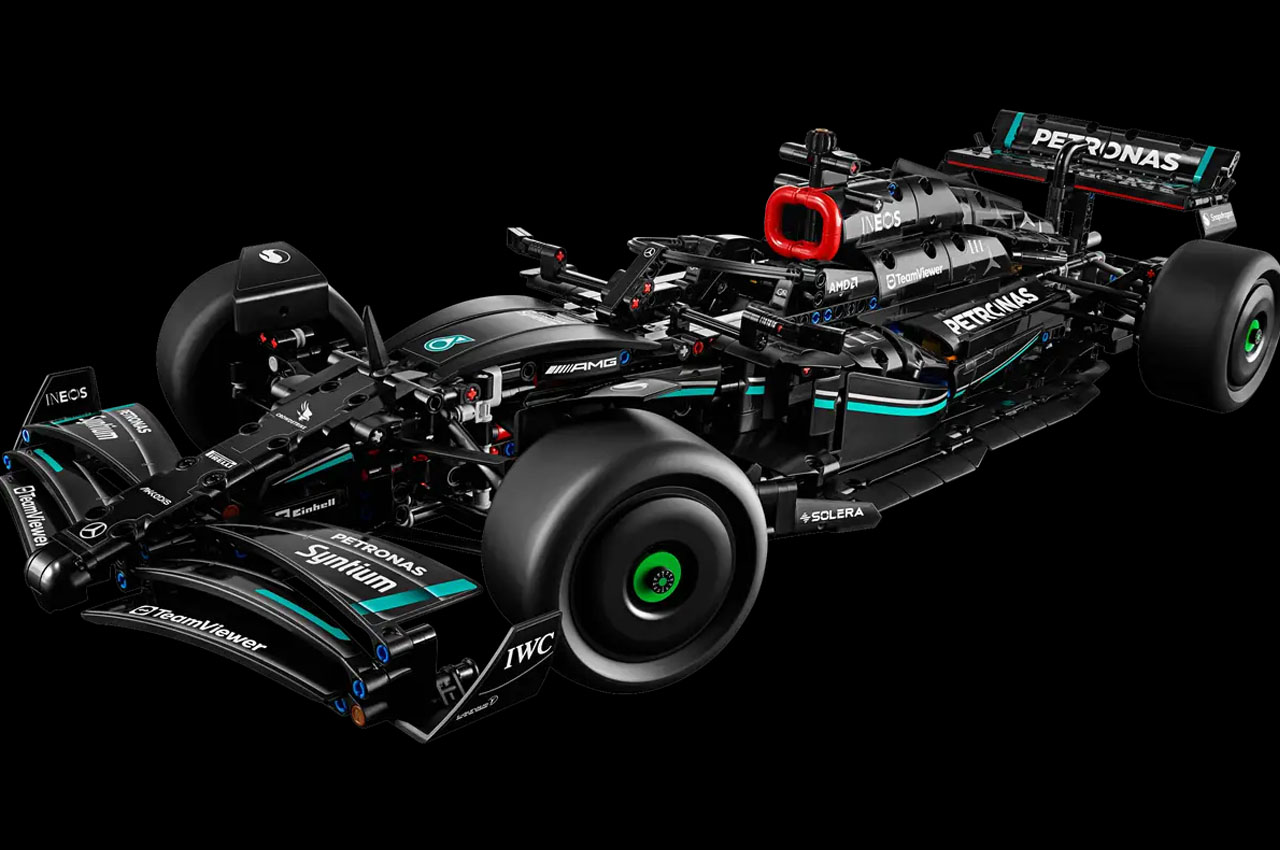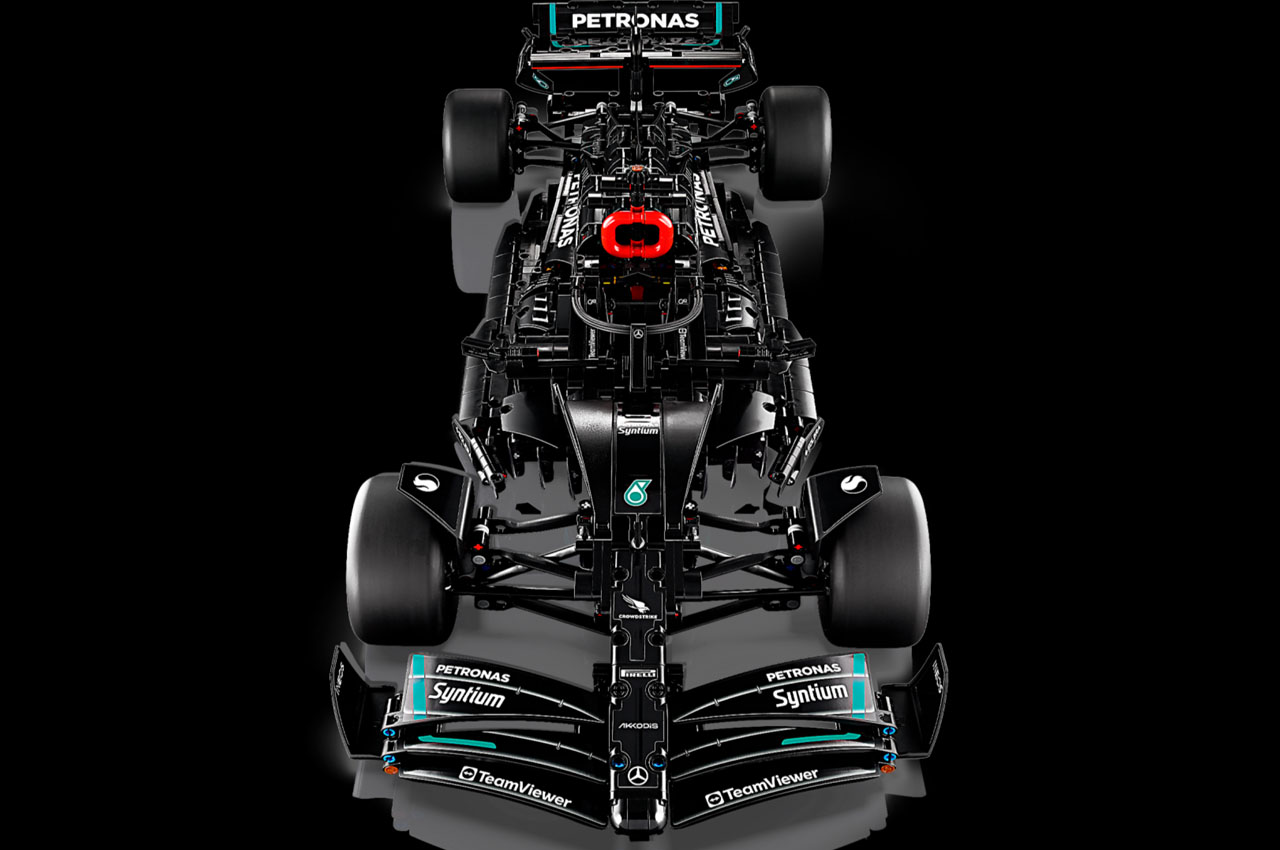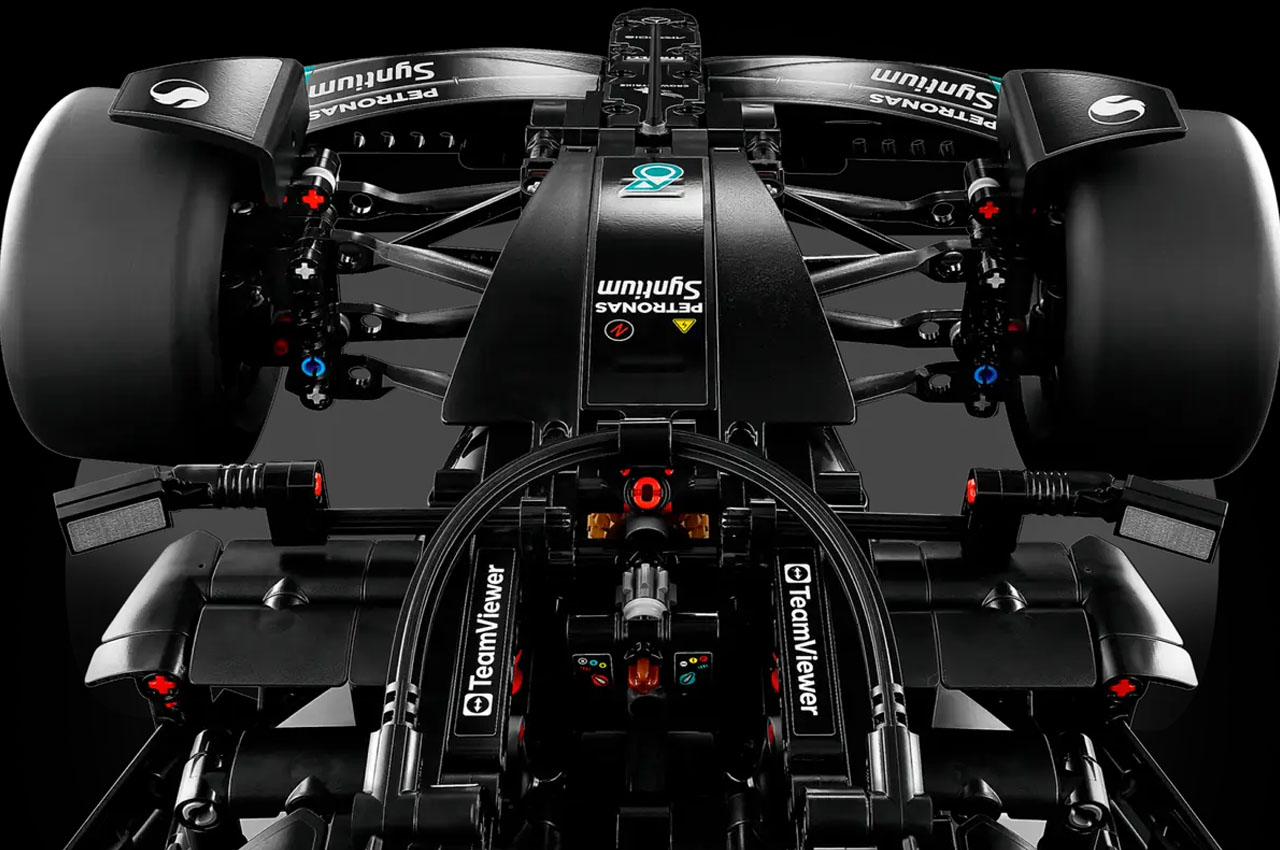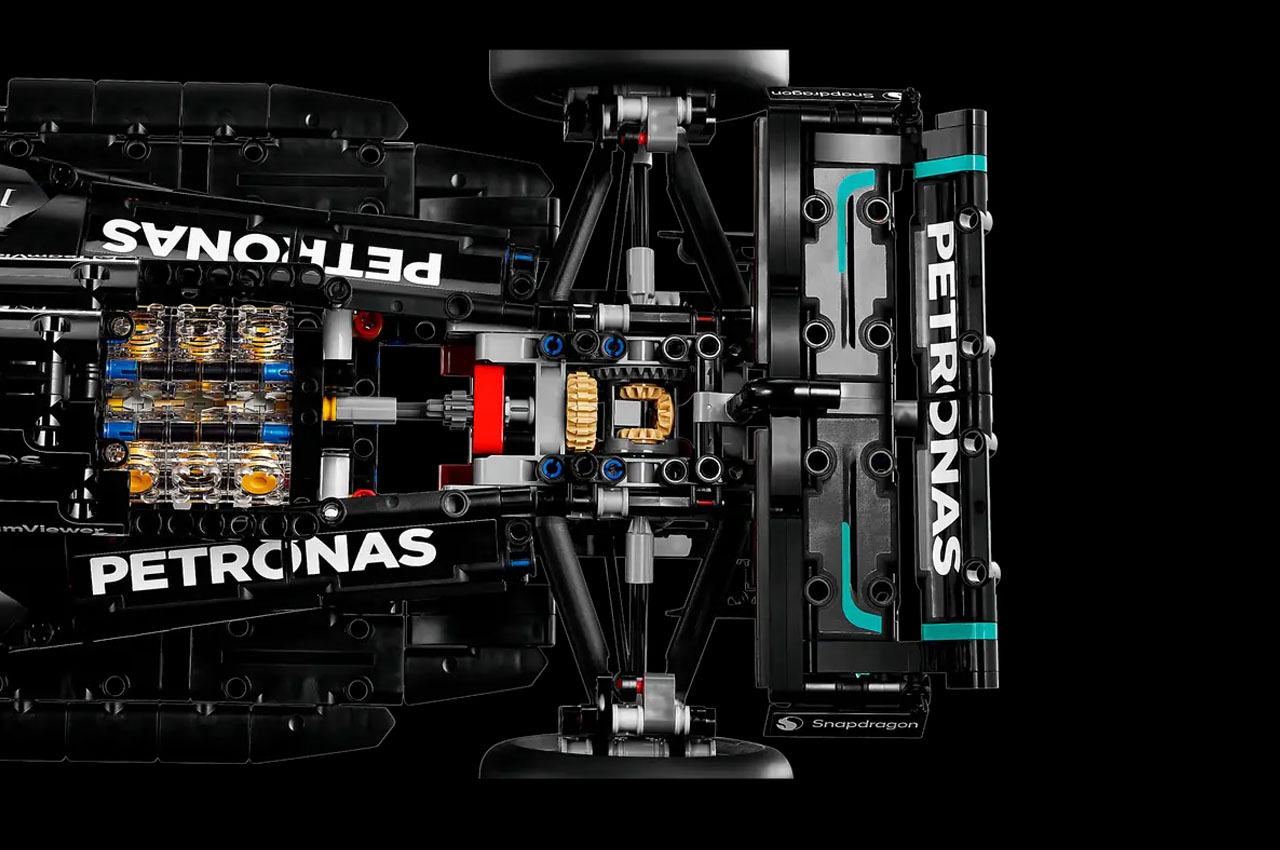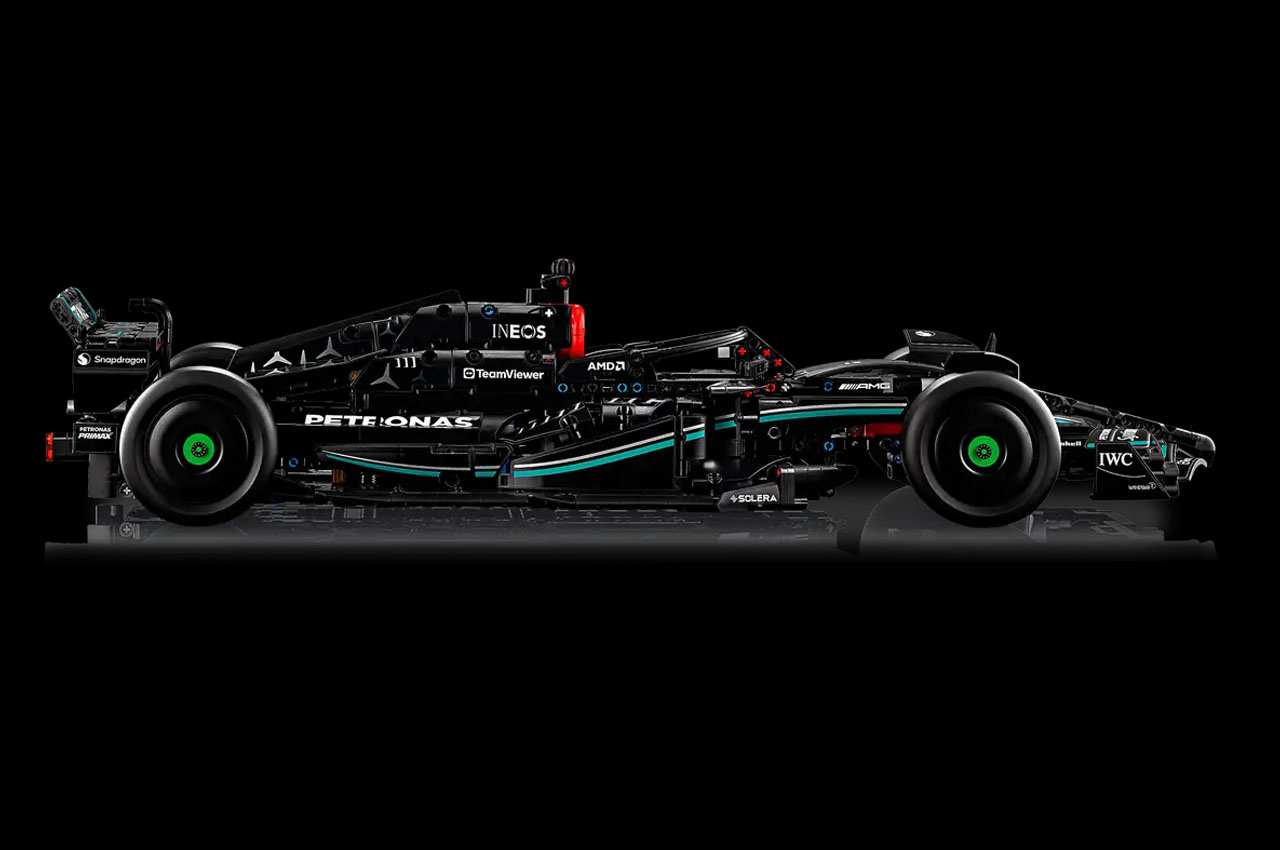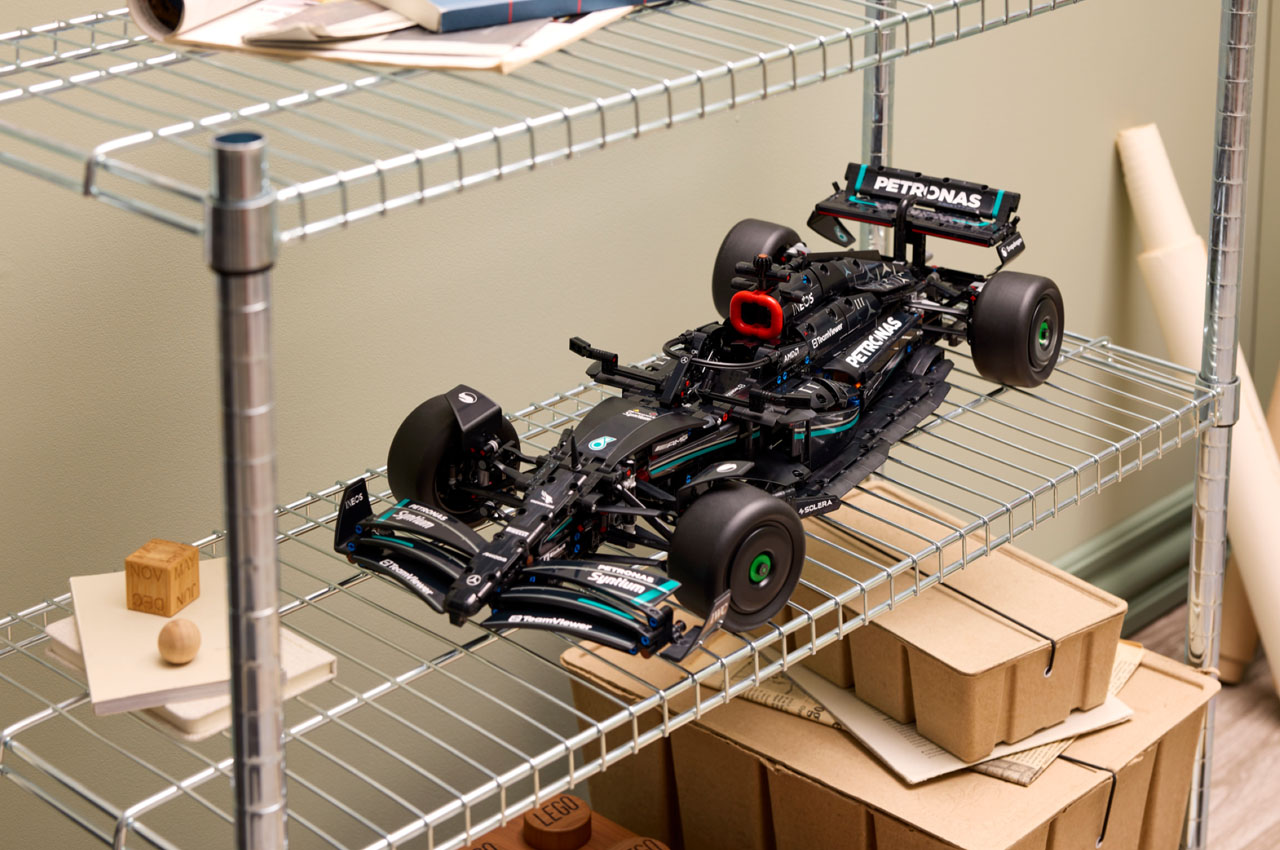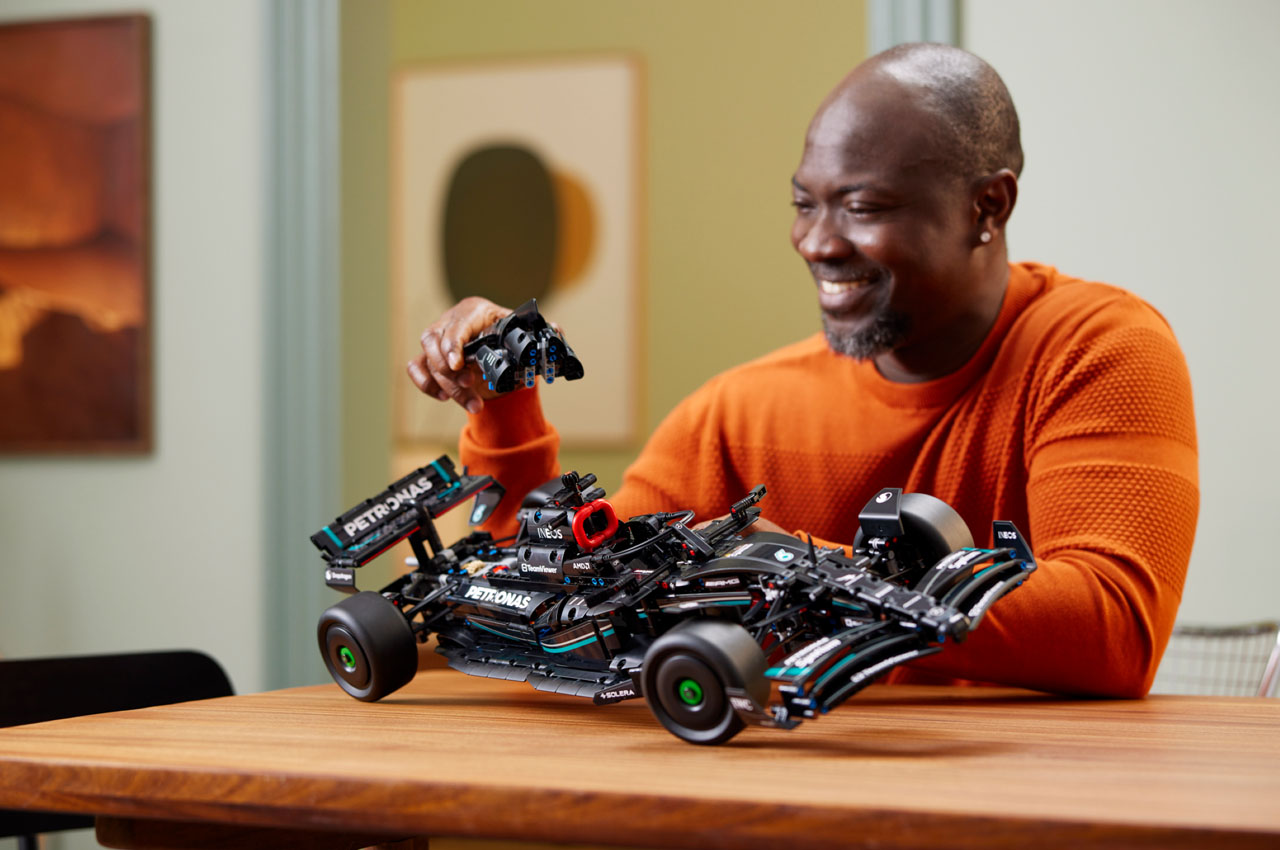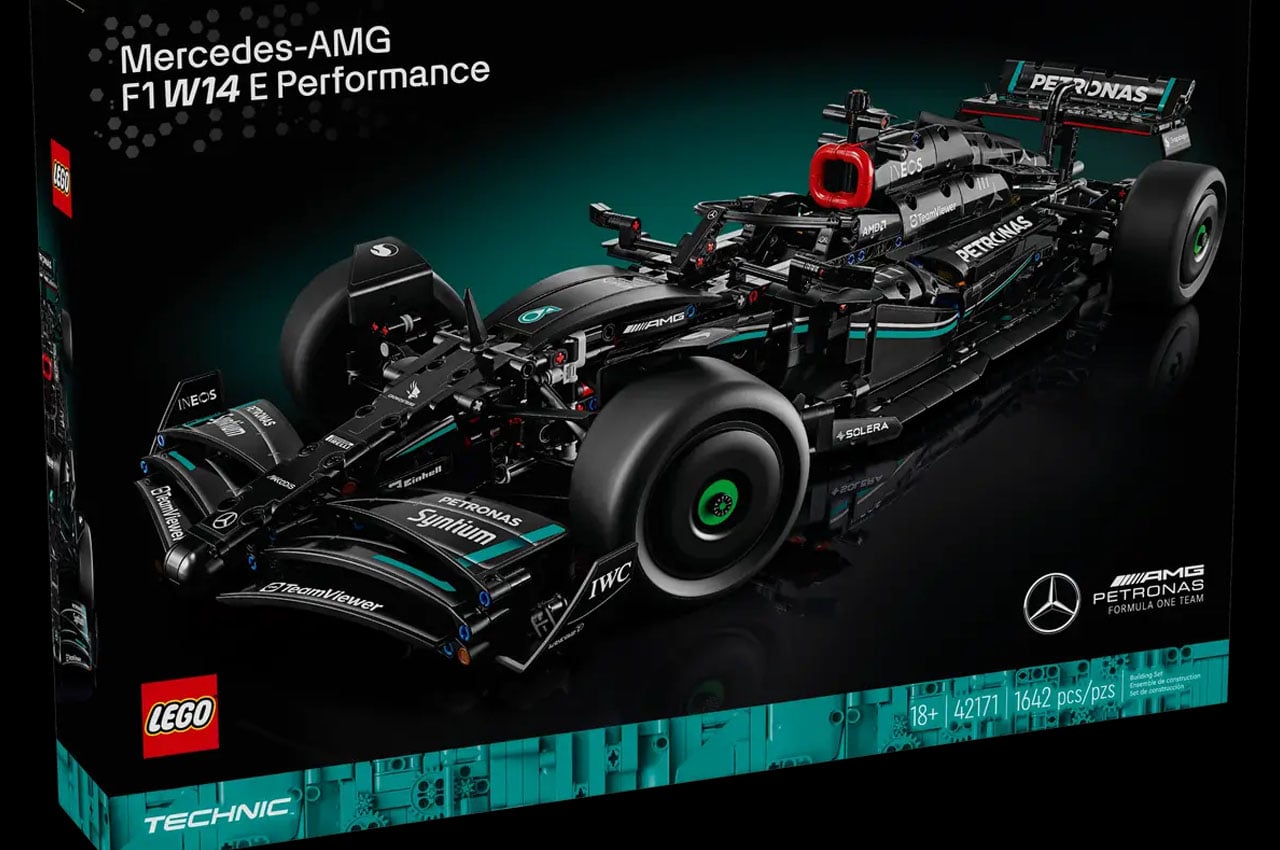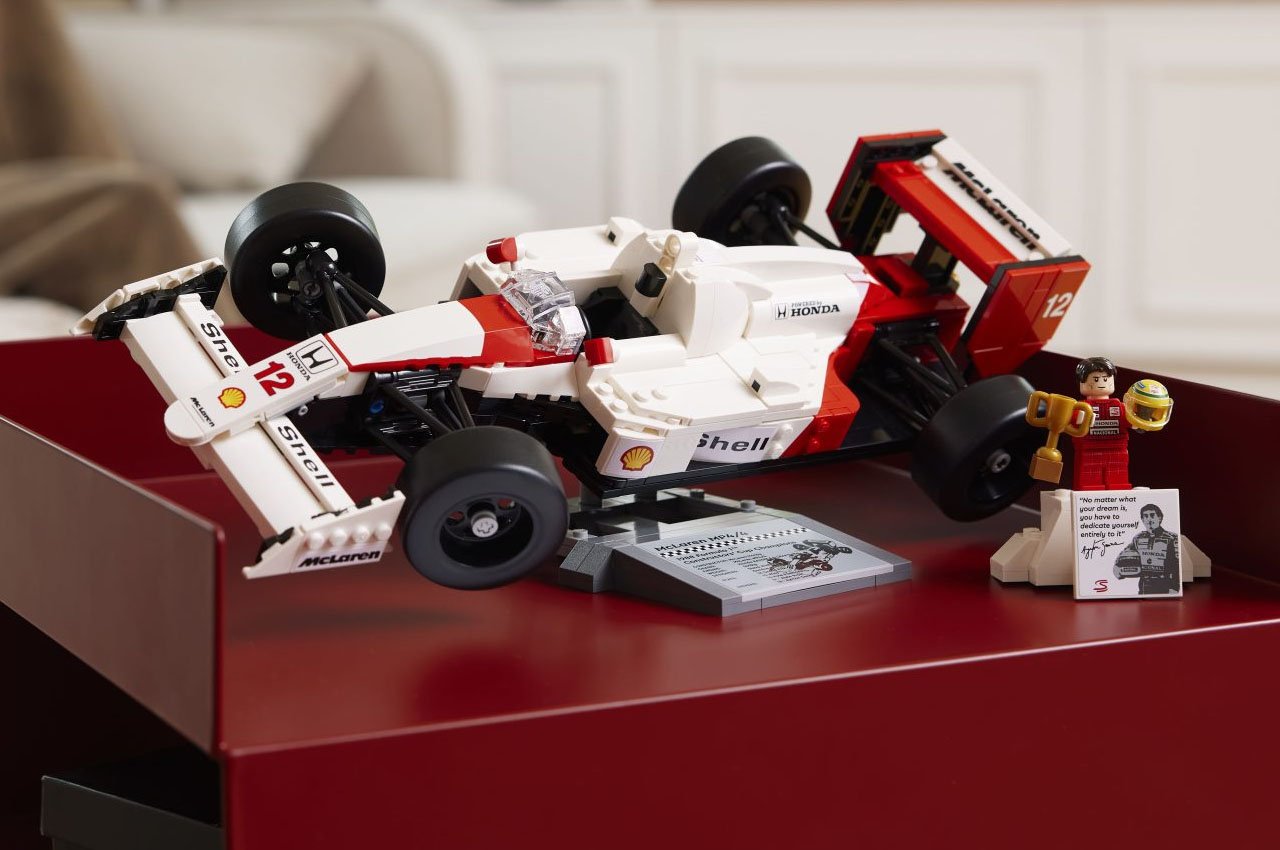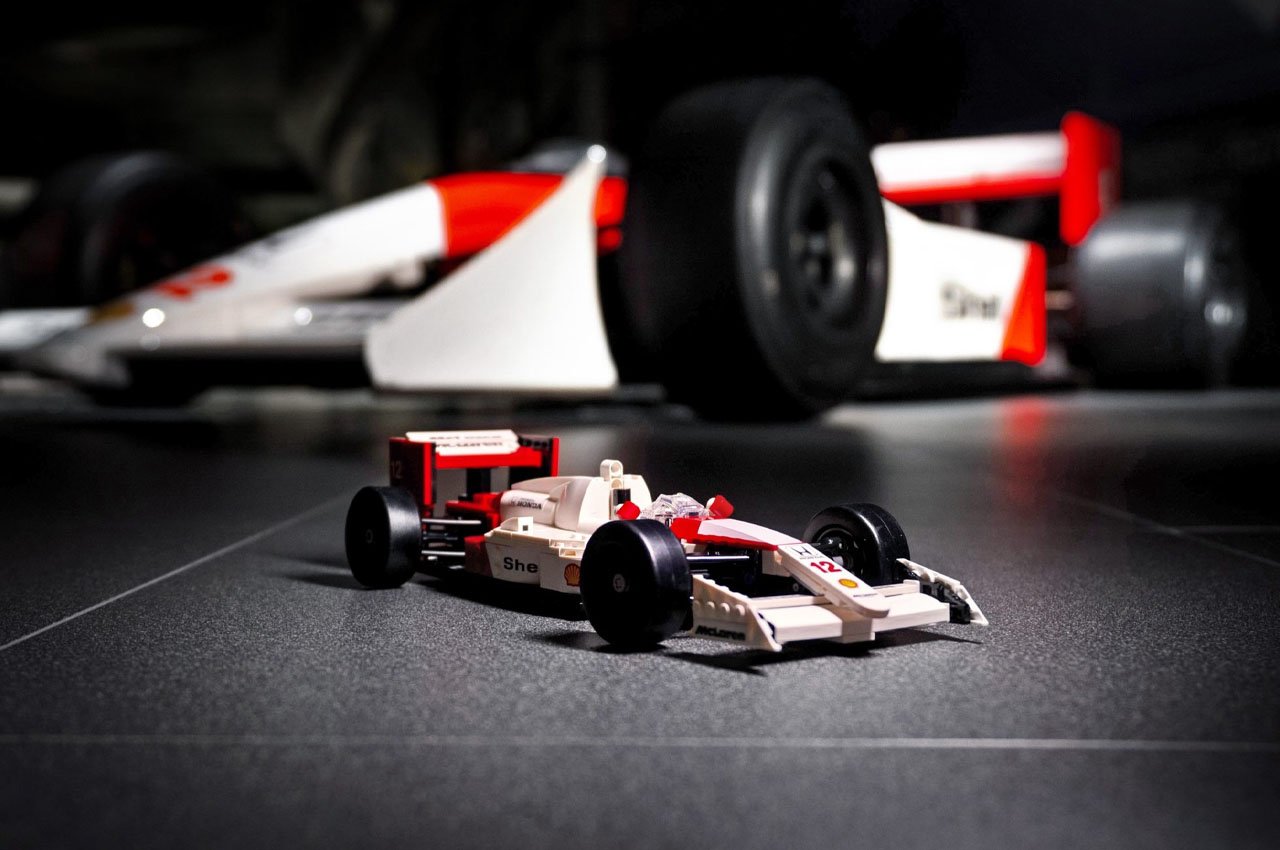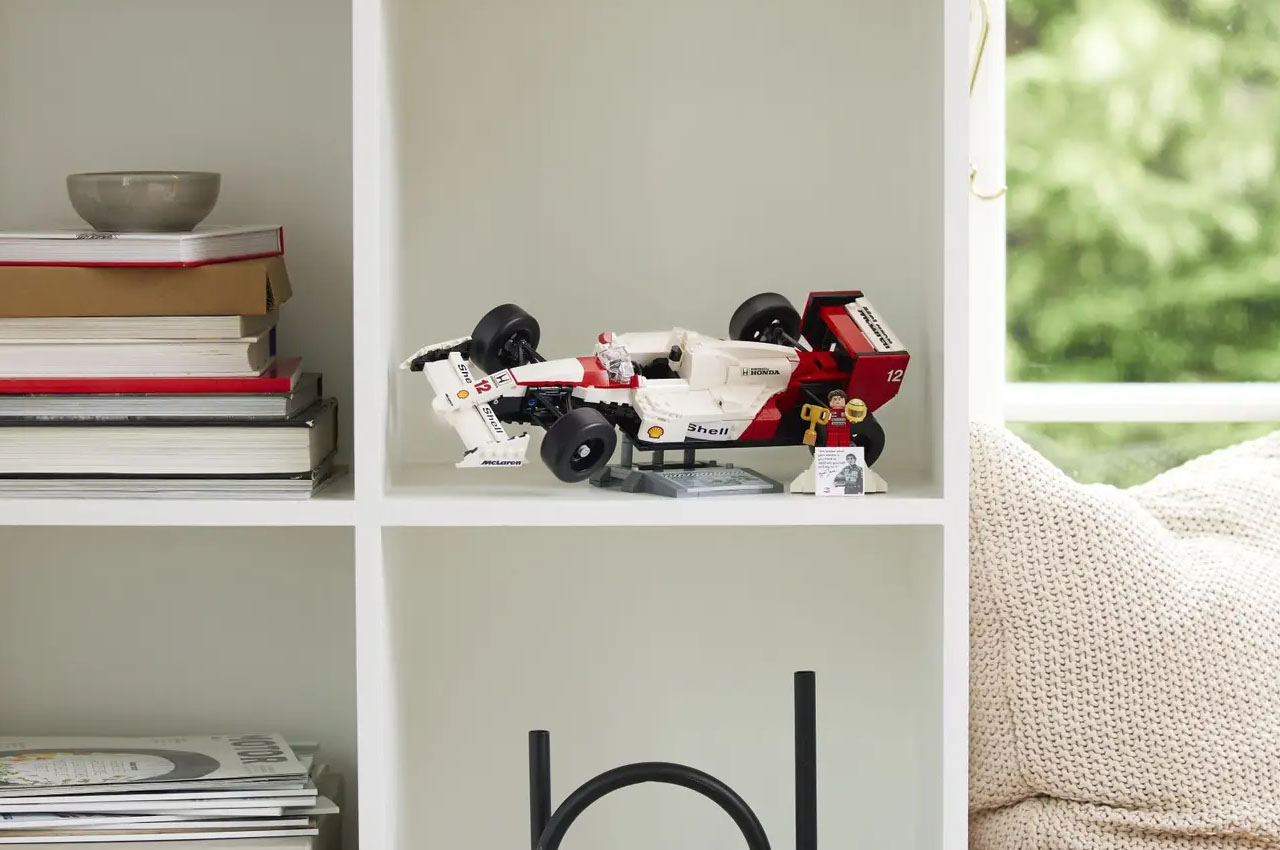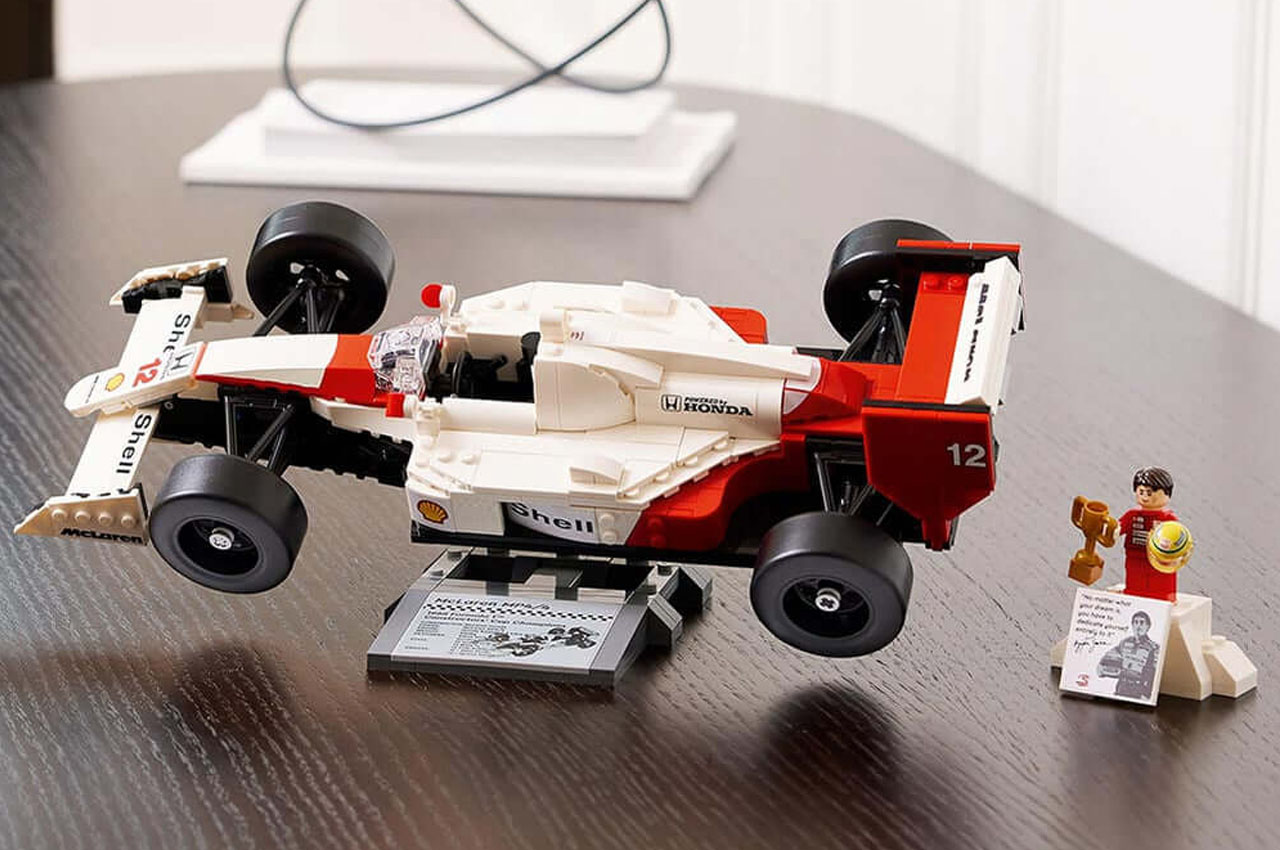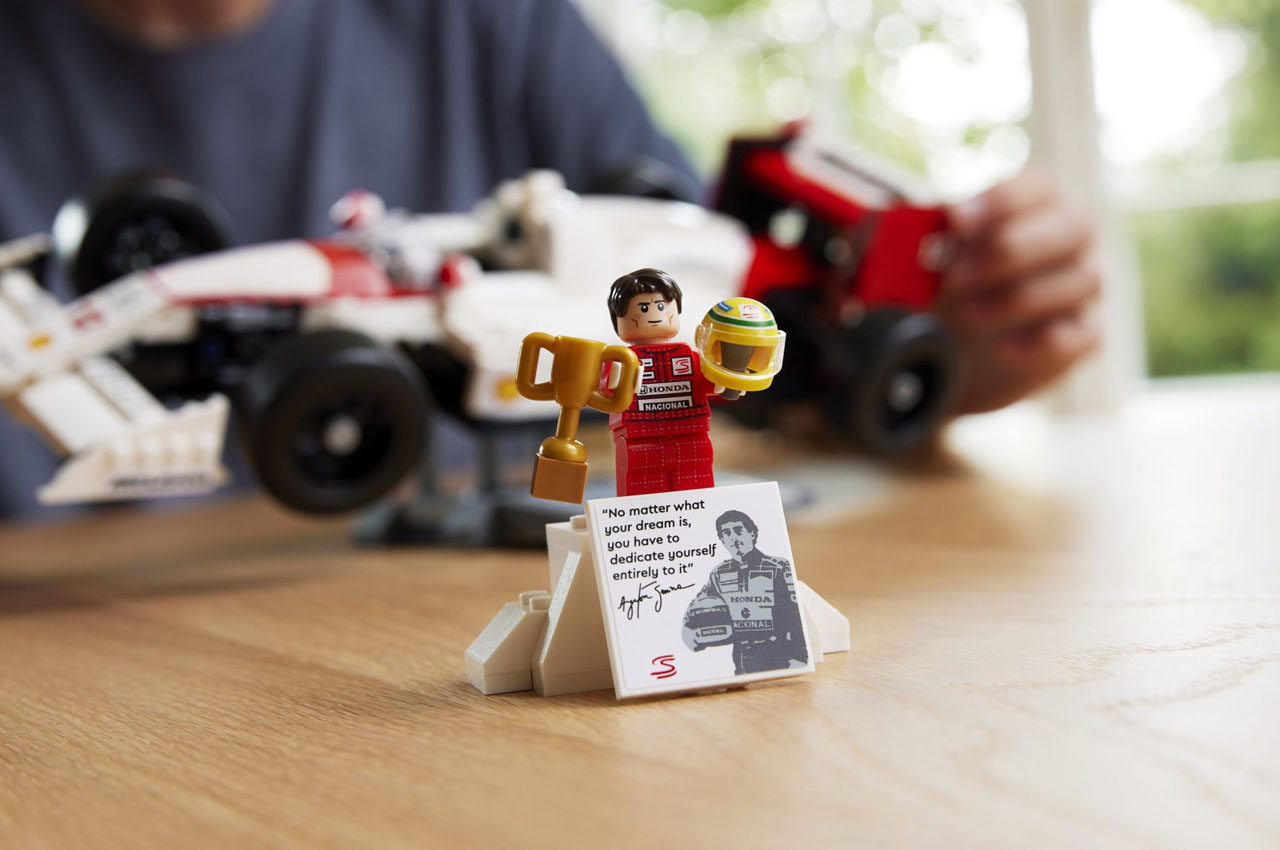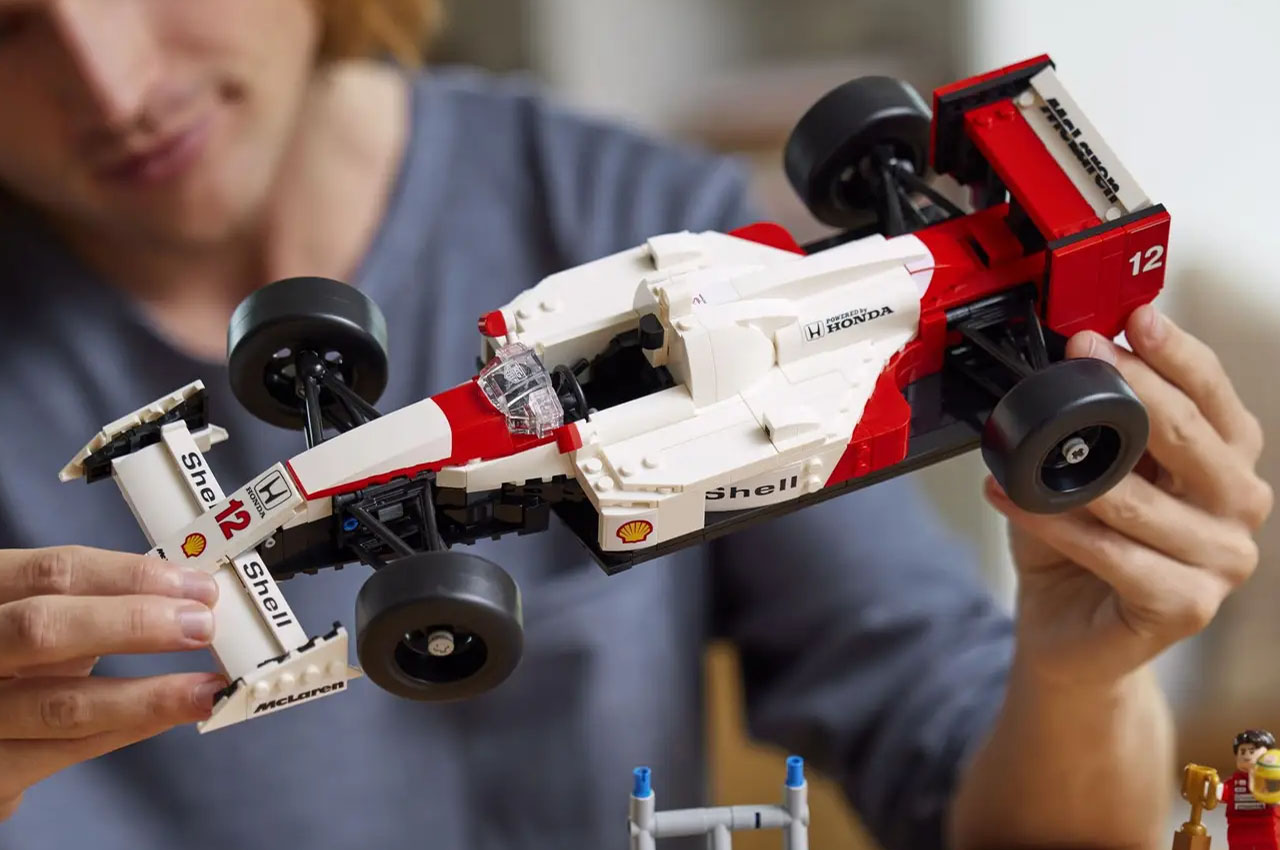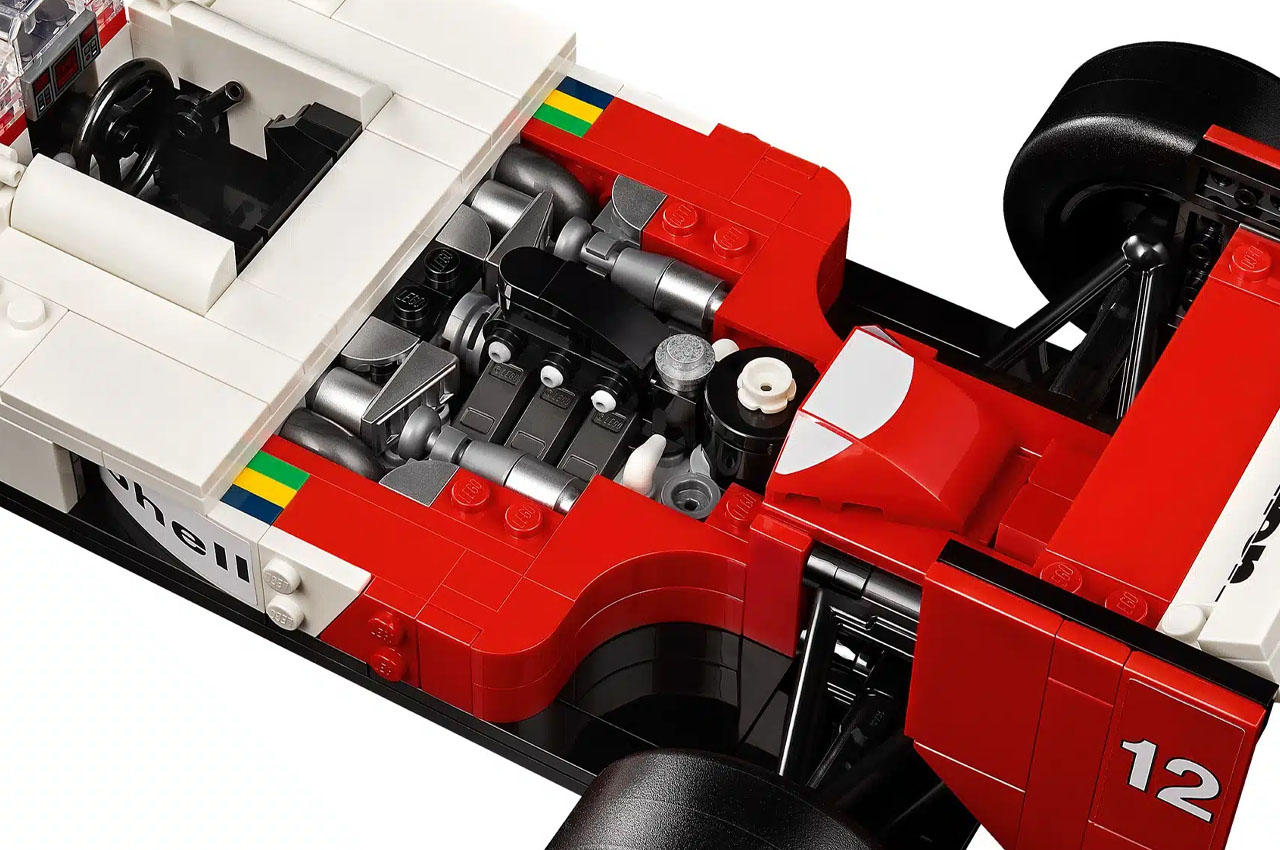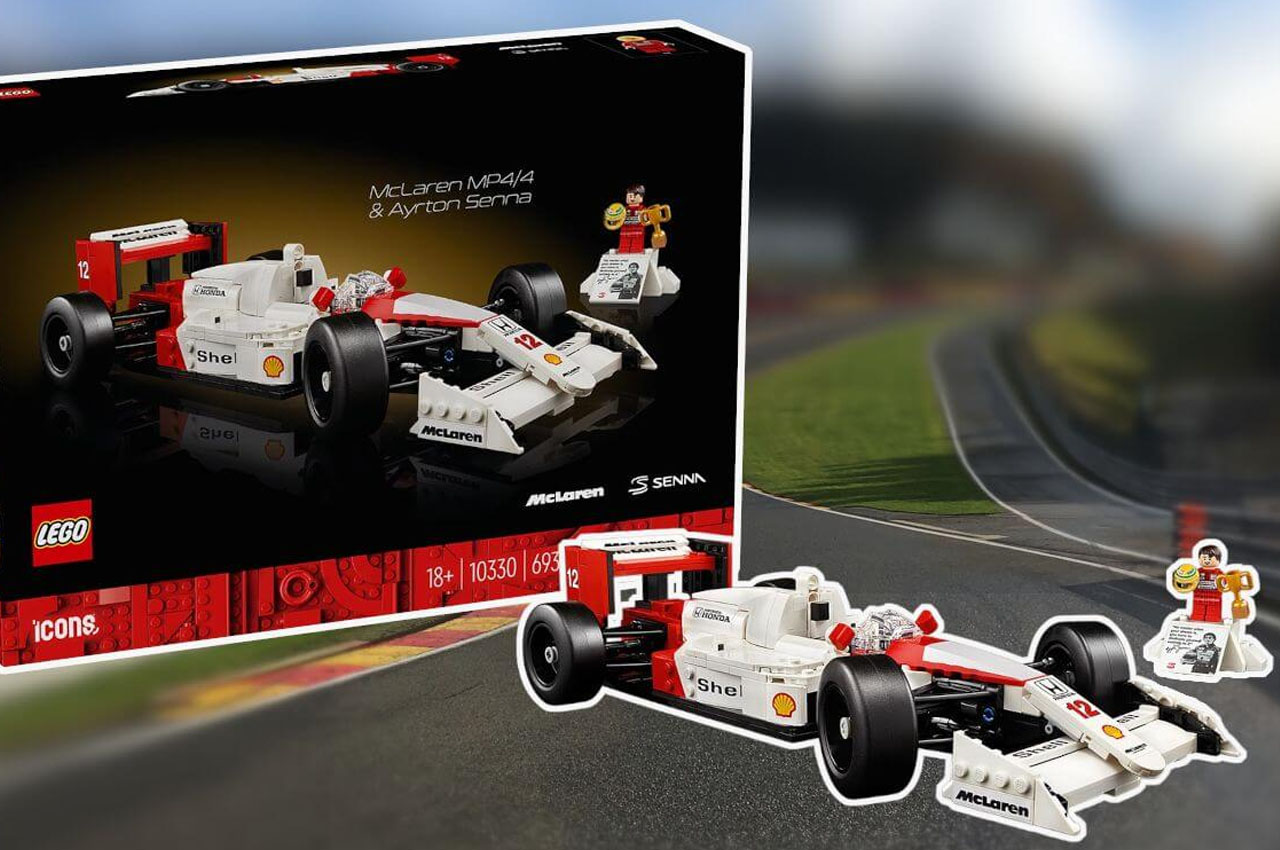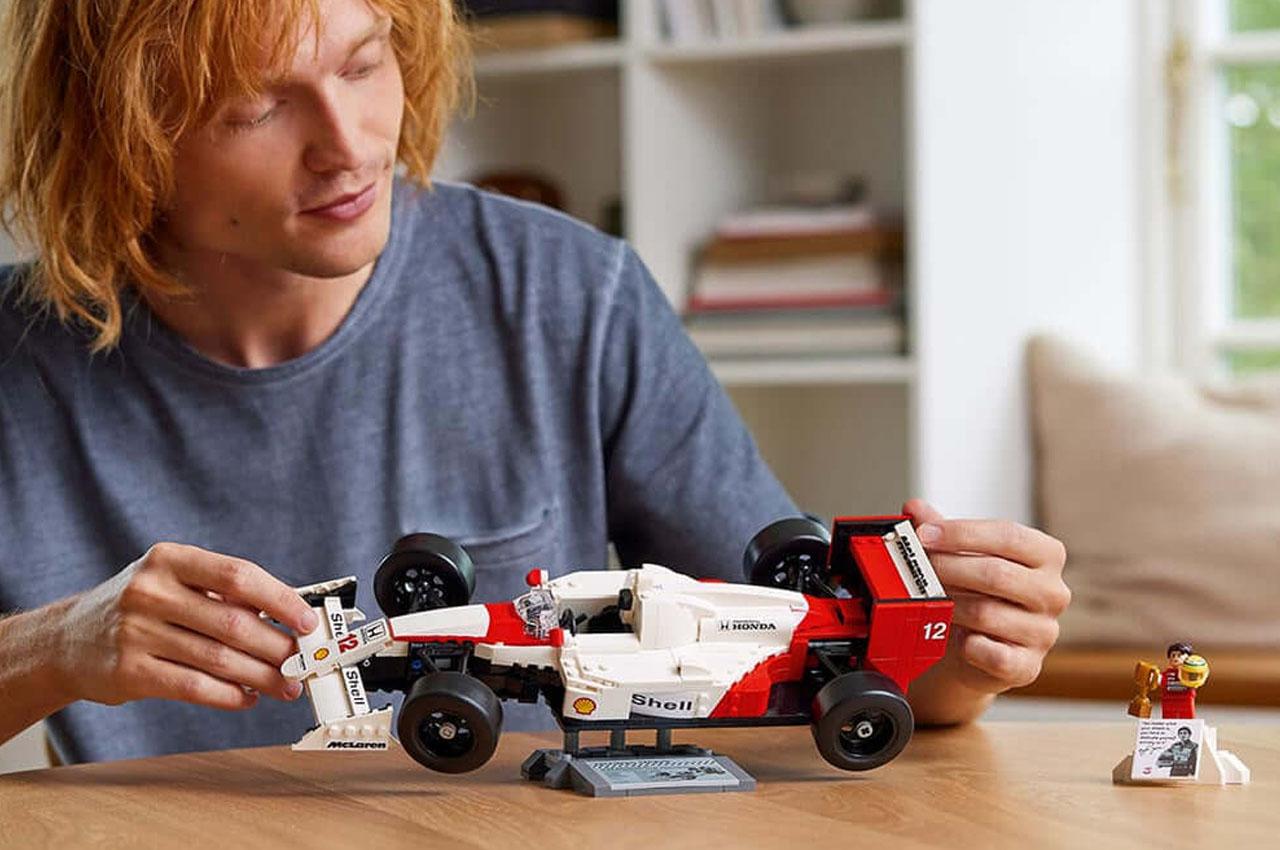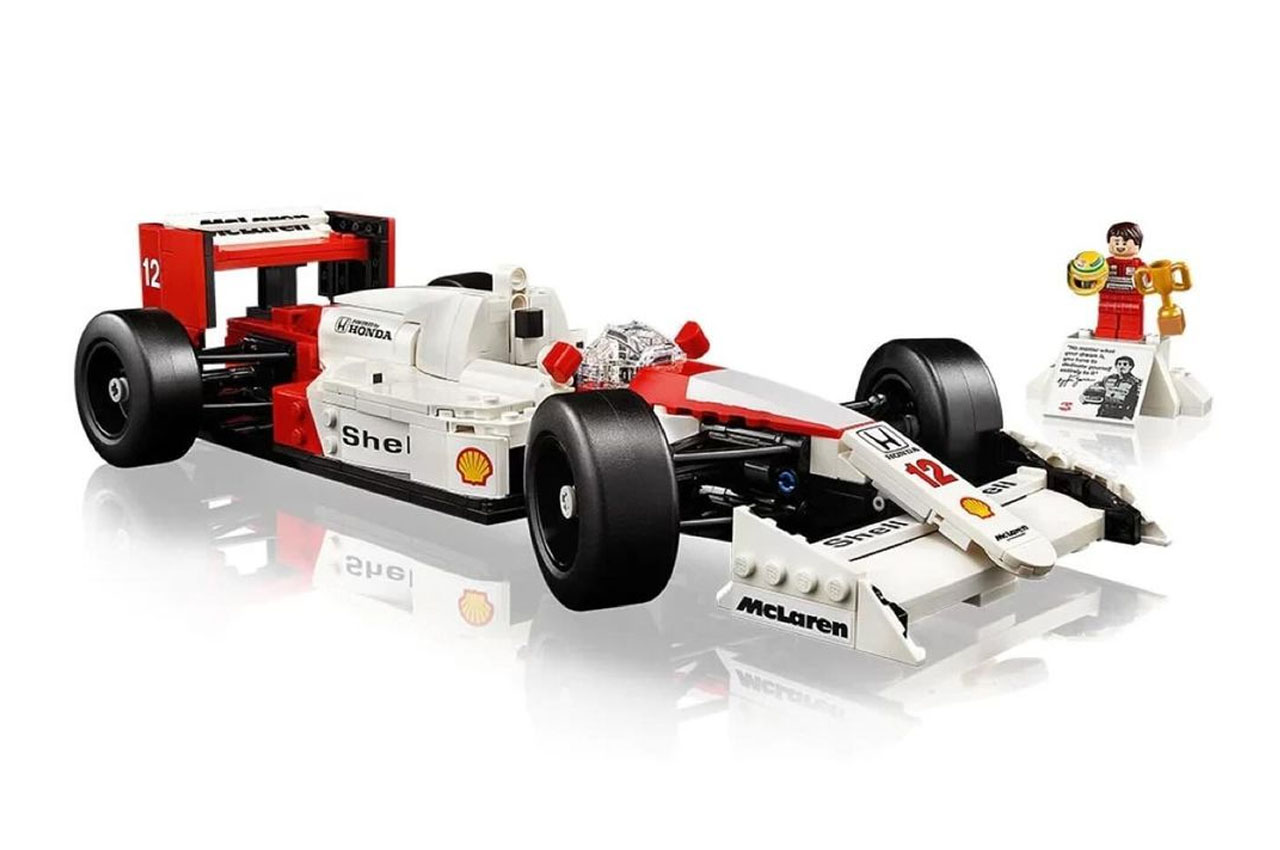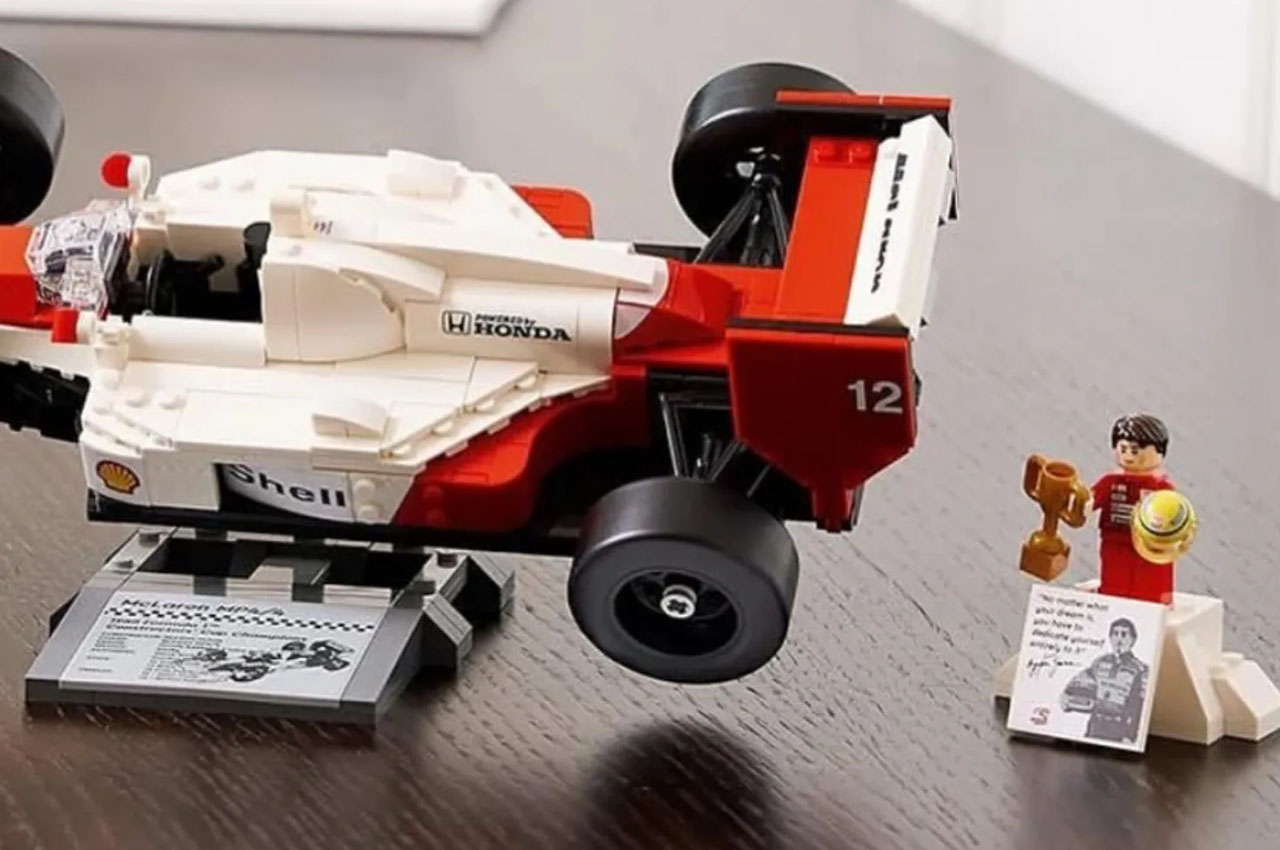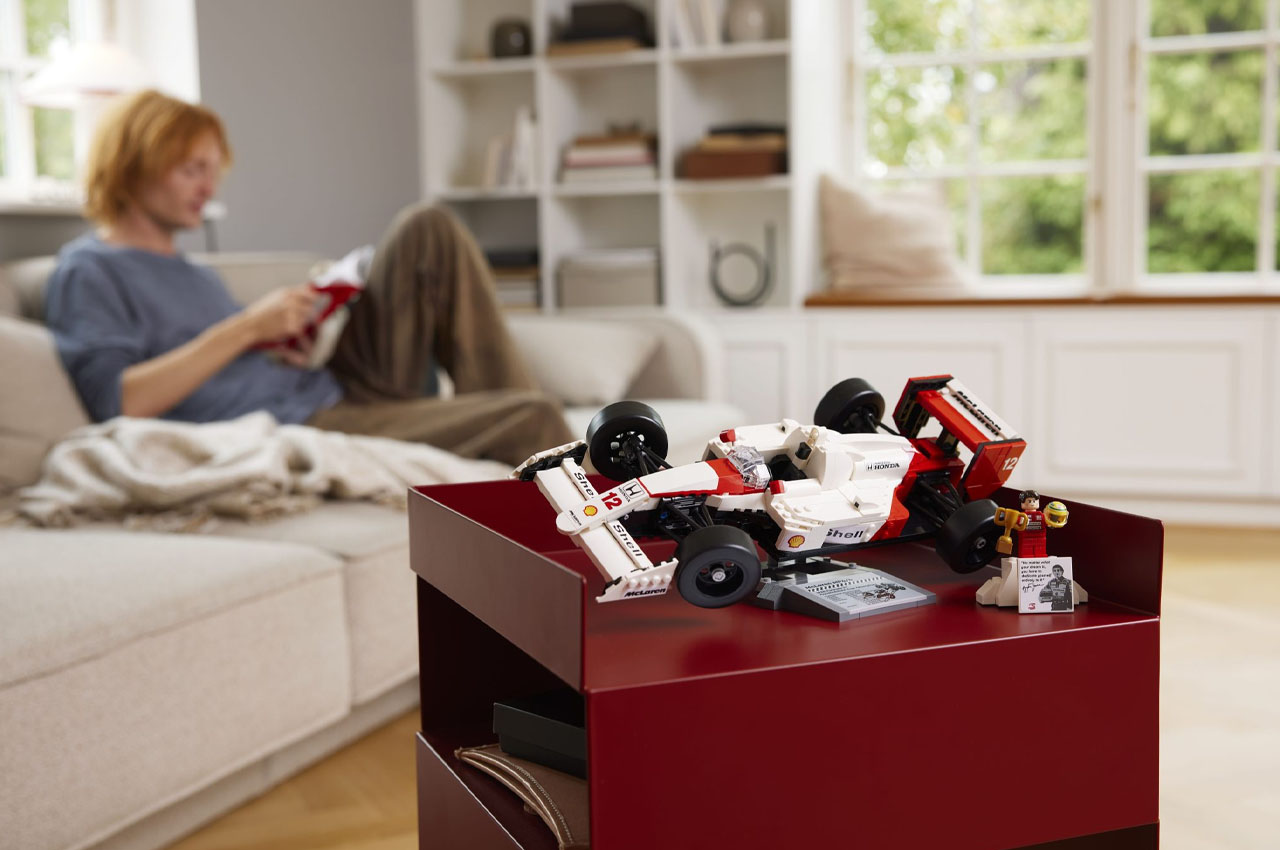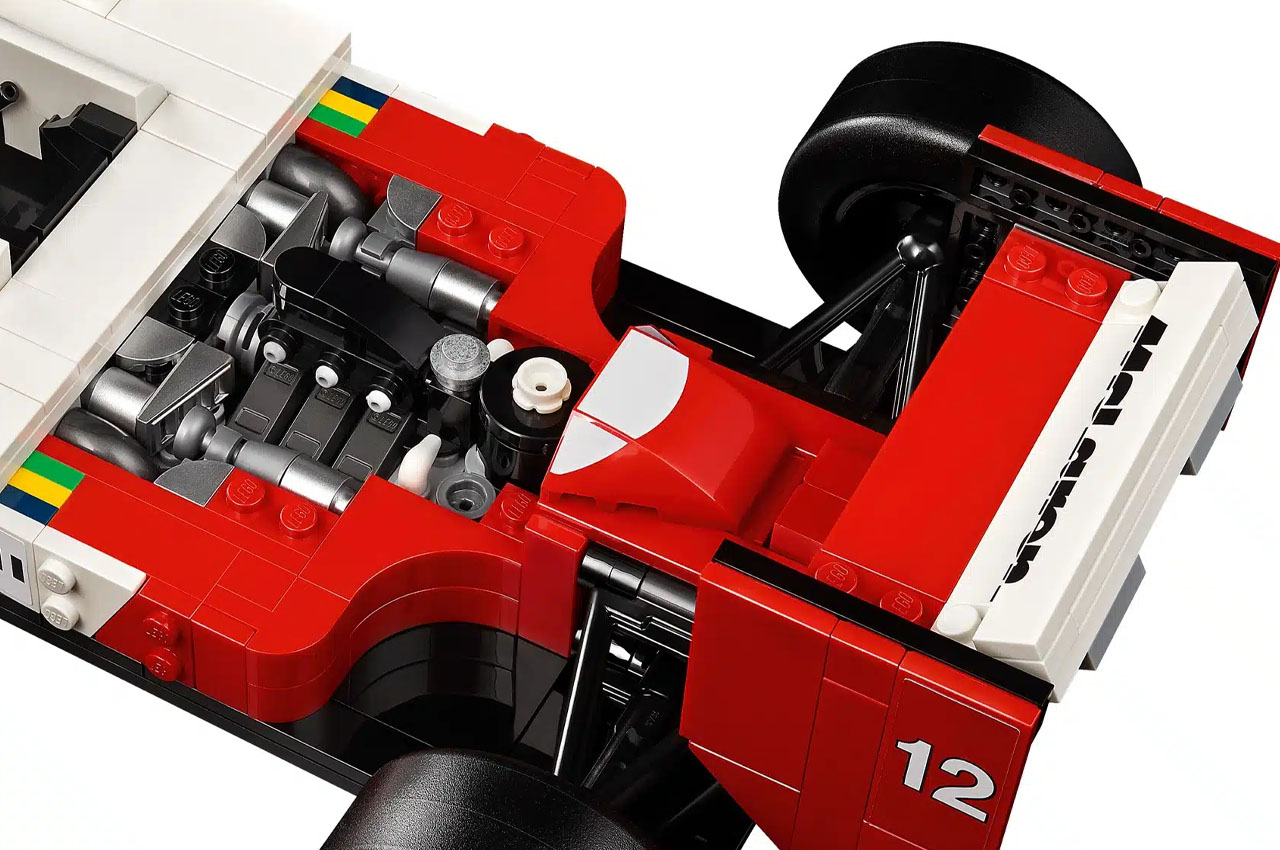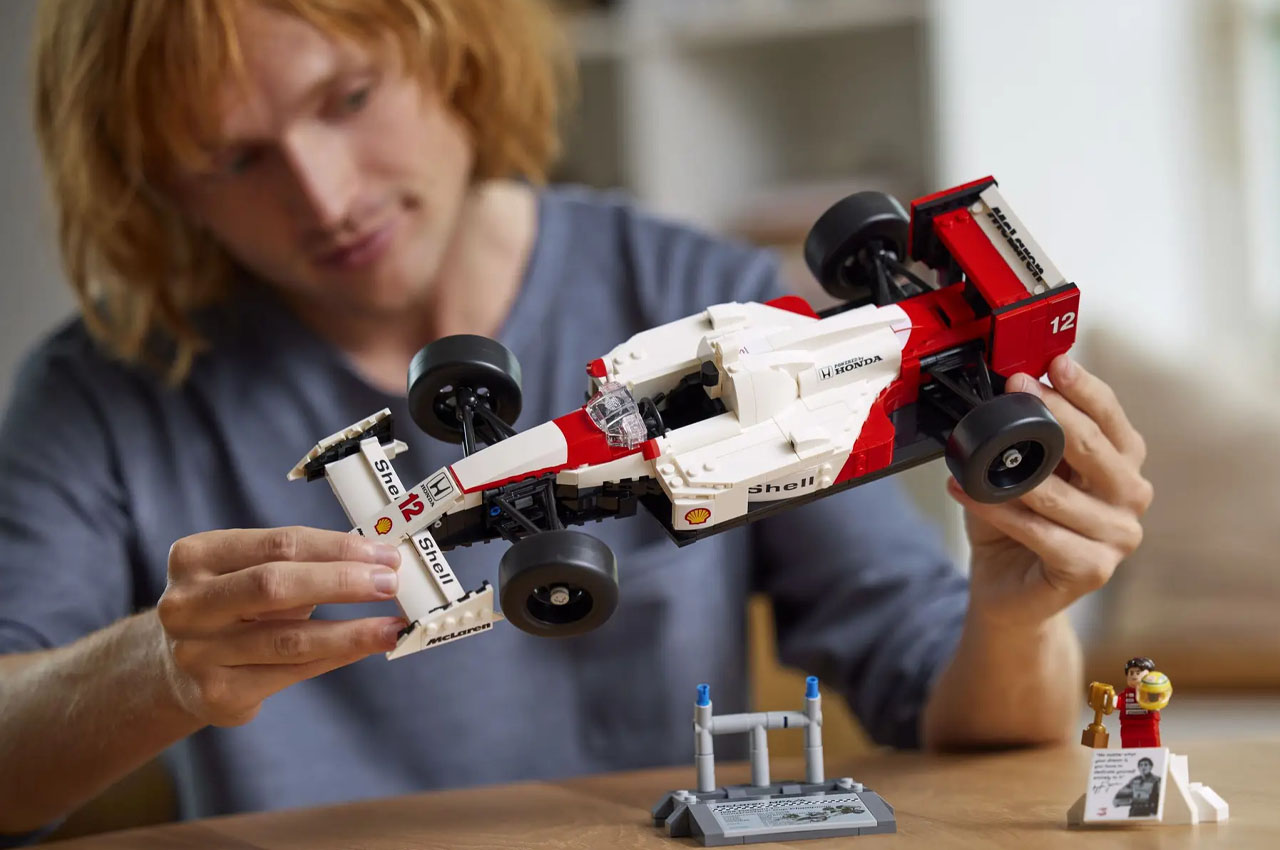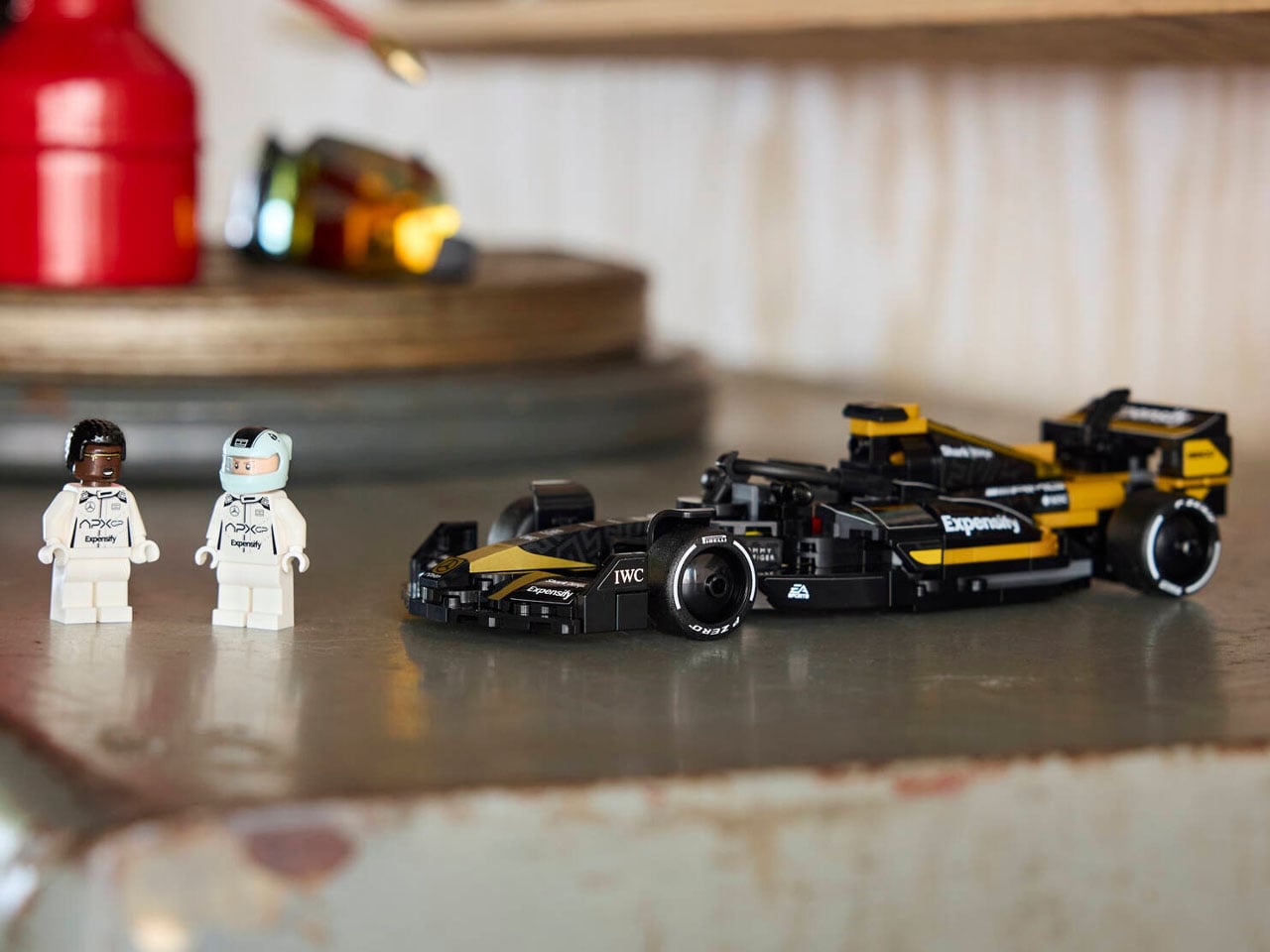
LEGO has been steadily expanding its Speed Champions lineup, catering to both car lovers and collectors alike. After the success of its Formula-1 Series set, the brand is now shifting gears with inspiration straight from Hollywood. The latest addition is the official LEGO Speed Champions APXGP Team Race Car, a detailed 268-piece set based on F1 The Movie, the highly anticipated racing film starring Brad Pitt as veteran driver Sonny Hayes.
Designed for both motorsport enthusiasts and movie fans, this new release captures the cinematic energy of the fictional APXGP team with remarkable authenticity. The model’s sleek black-and-gold livery mirrors the on-screen race car, accompanied by minifigures of Sonny Hayes and Joshua Pearce, who look impressively lifelike in their race suits and helmets. These tiny yet expressive details, like the reflective visors and printed sponsor logos, help the build feel genuinely tied to the film’s aesthetic.
Designer: LEGO
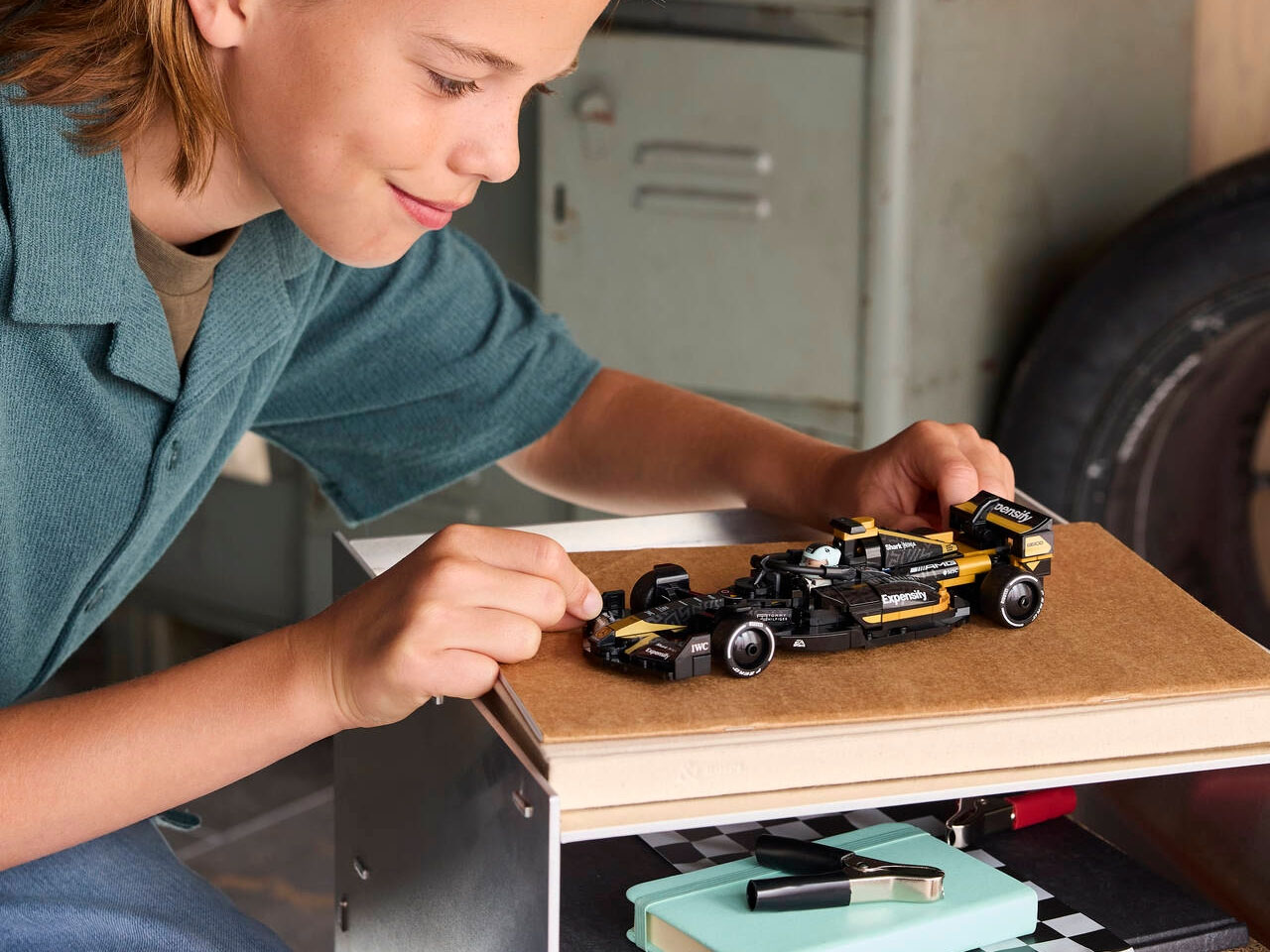
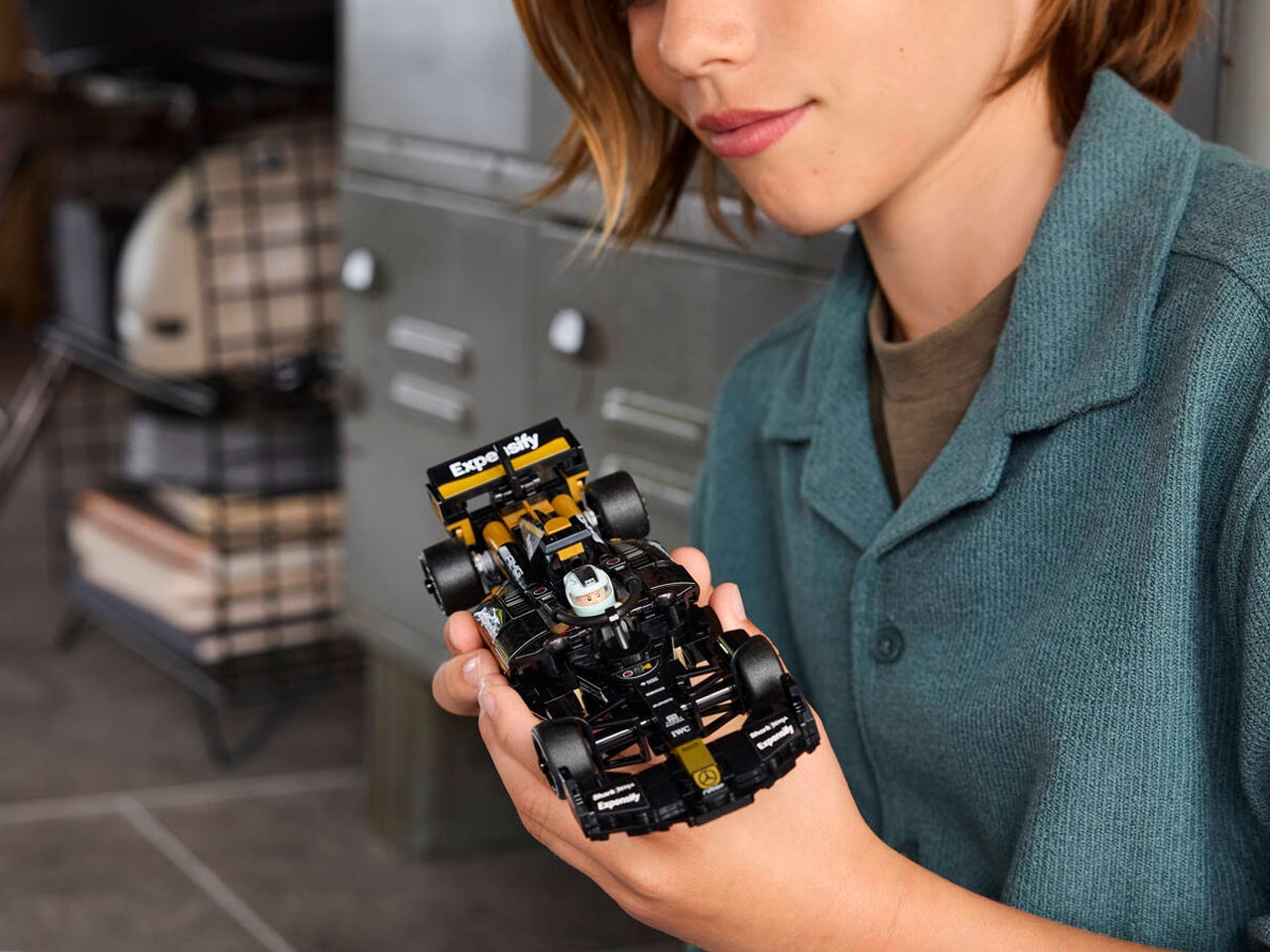
At first glance, the car may remind fans of previous Speed Champions Formula-1 builds, but the APXGP racer distinguishes itself with refined proportions, wide Pirelli-style tires, and custom decals that add visual depth. The attention to realism extends even to the accessories; builders will find a wrench and remote control, subtle nods to the engineering side of racing. The wrench, in particular, doubles as a handy tool for applying stickers or separating tight bricks—an understated but thoughtful inclusion.
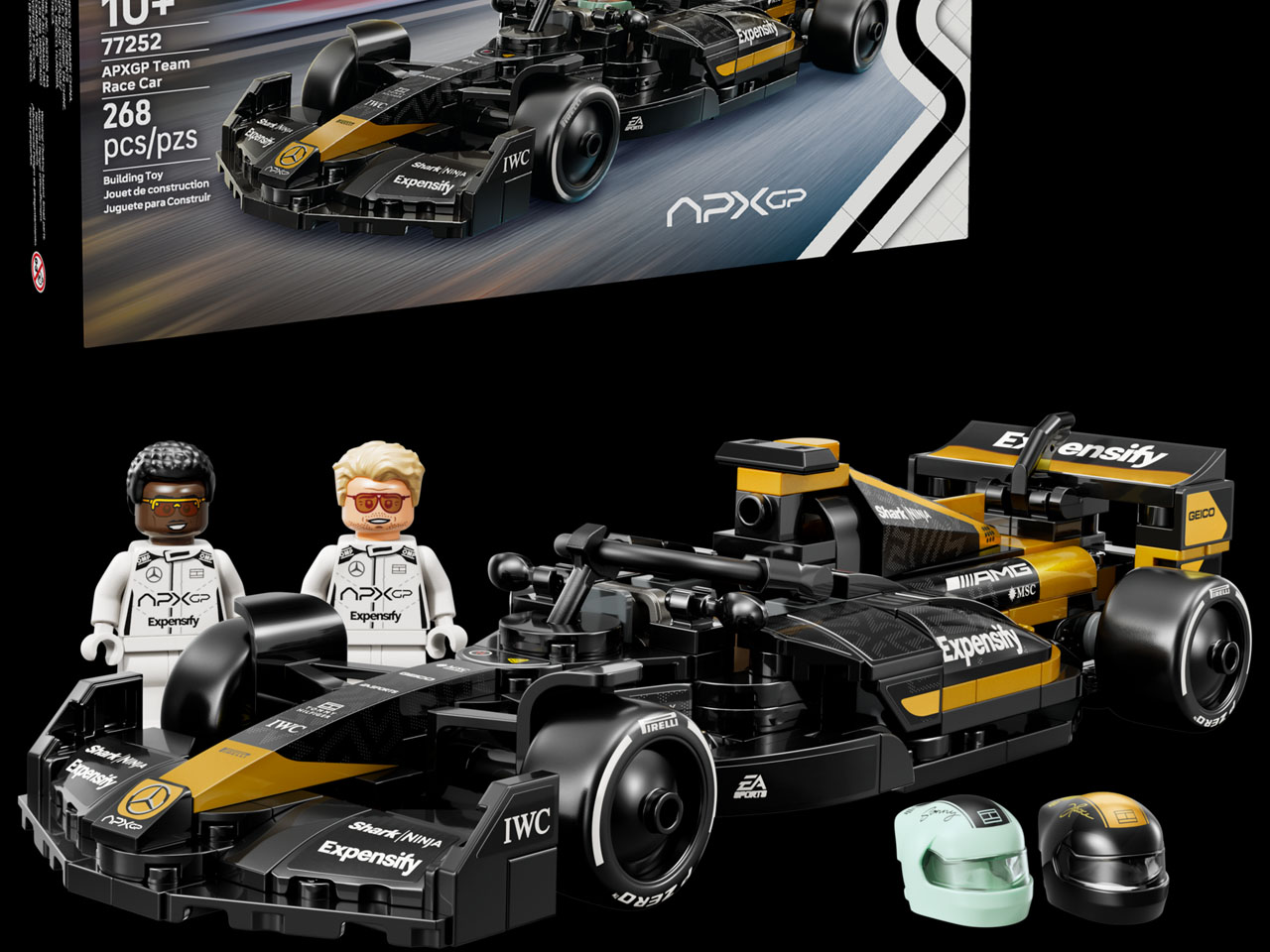
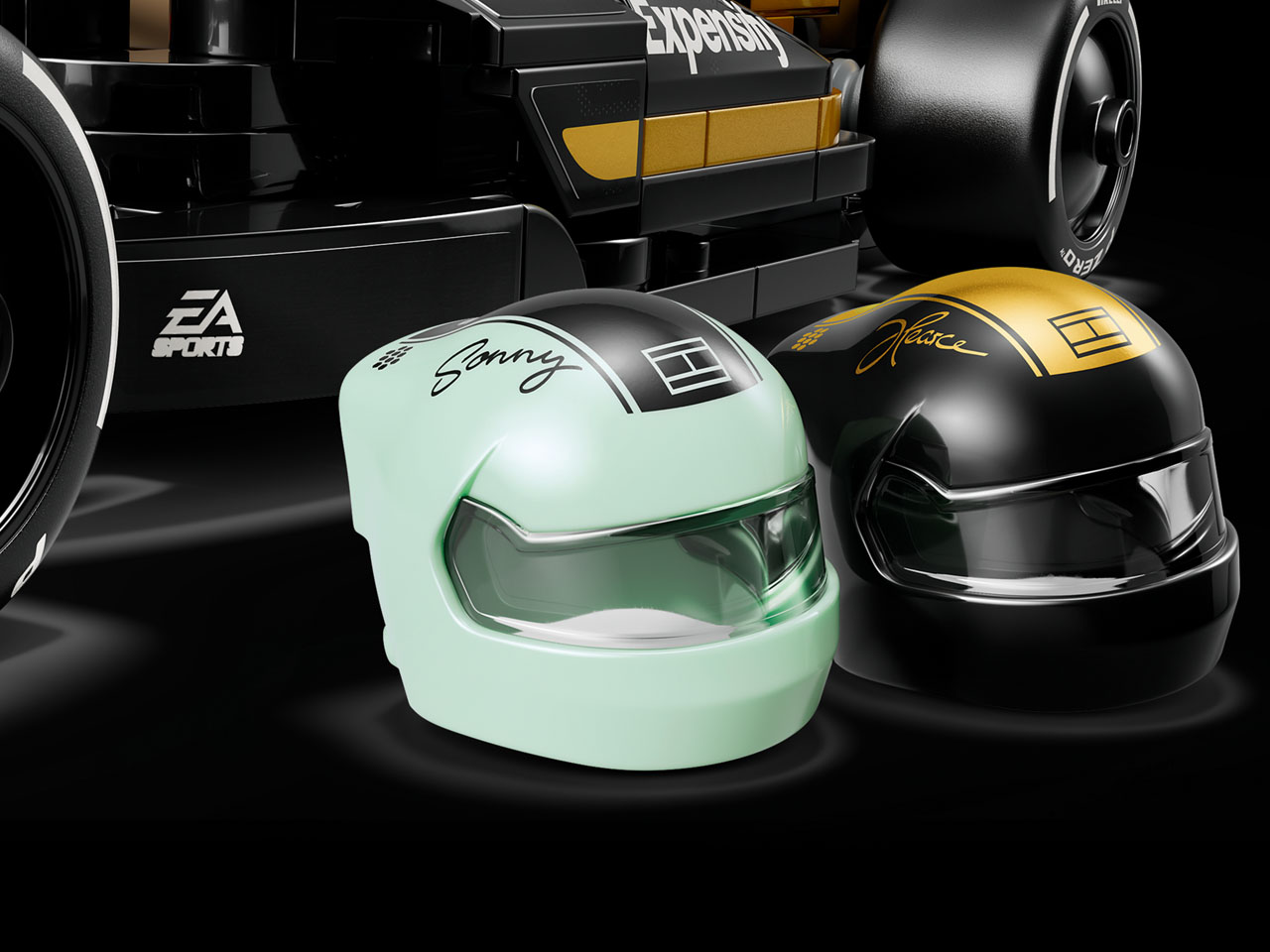
The completed model measures over 8 inches in length, 3 inches in width, and 1.5 inches in height, making it perfectly sized to display on a desk or shelf. Compared to previous Speed Champions F1 releases, this one feels more streamlined and minimalistic, emphasizing aerodynamics and elegance over bulk. LEGO recommends the set for builders aged 10 and up, though it’s clear that adult fans will be among its most eager buyers.
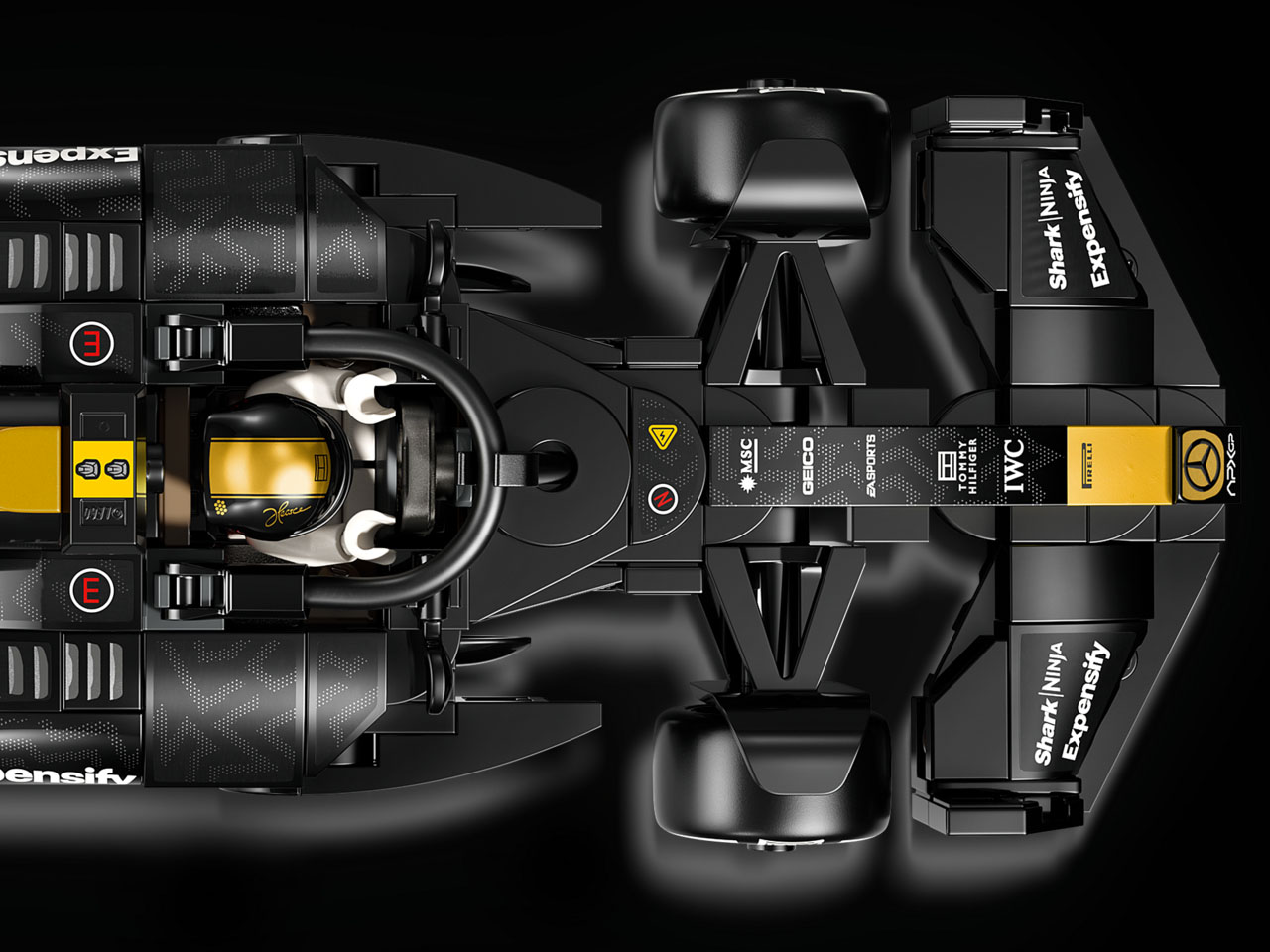
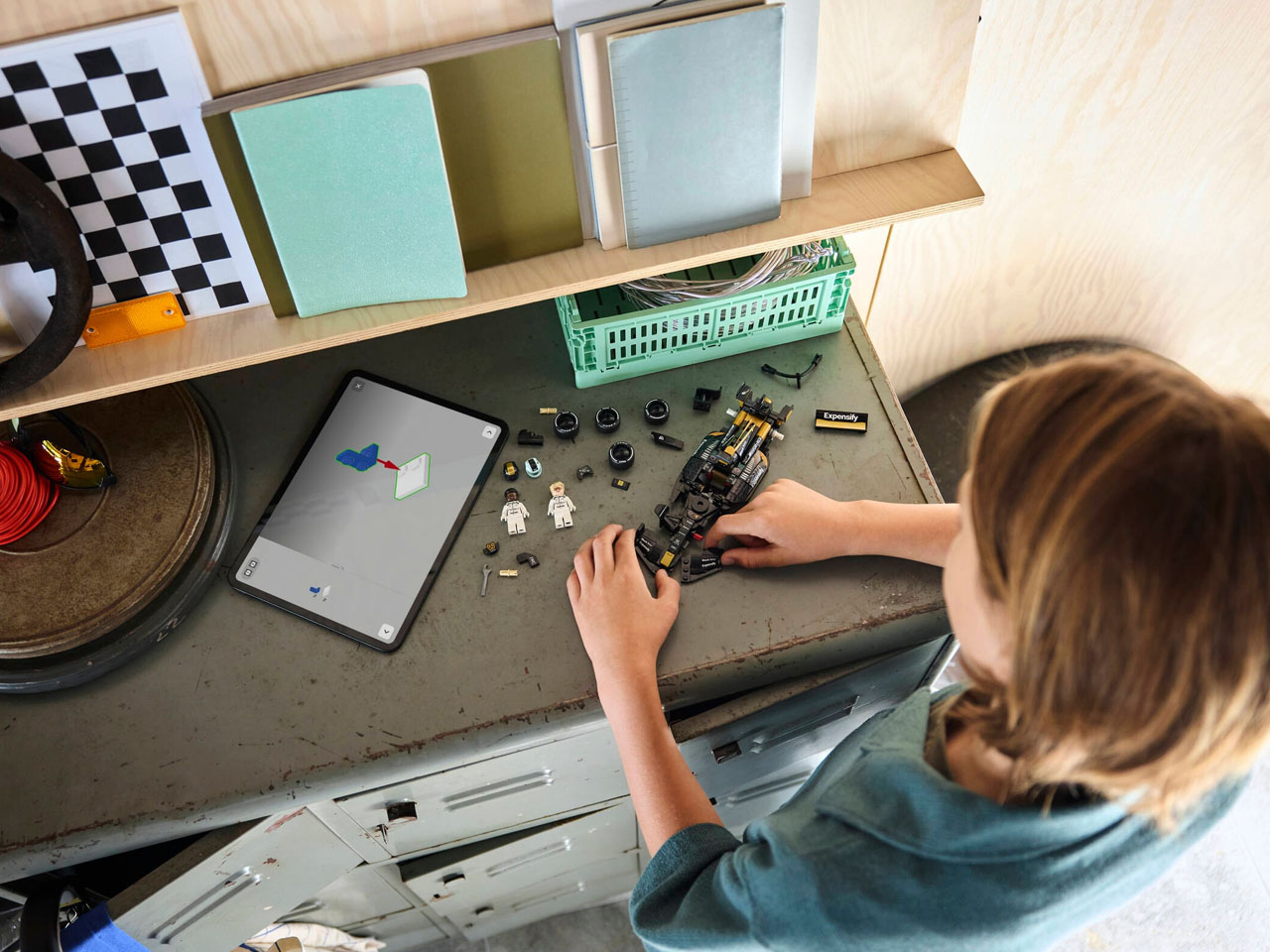
Perhaps the most welcome upgrade here is the addition of the driver minifigures. Earlier Formula-1 Speed Champions sets often skipped them, something fans always found puzzling, given how central drivers are to the sport’s drama. Including Sonny Hayes and Joshua Pearce not only enhances the storytelling potential but also connects this model to the F1 movie universe in a tangible way. Perhaps LEGO will release more movie- and motorsports-inspired sets with minifigures, as was evident from the affordable DeLorean set released last month.
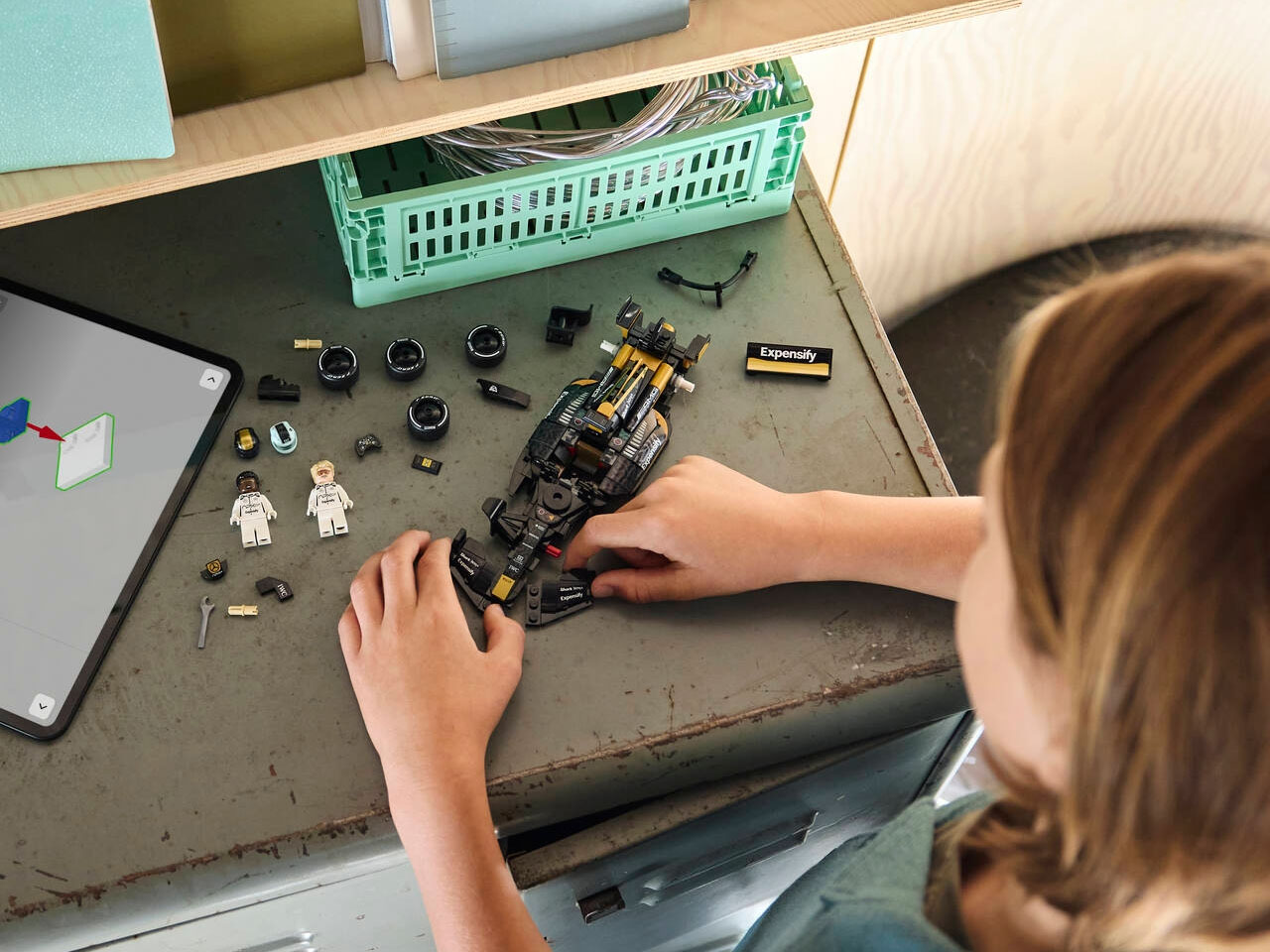
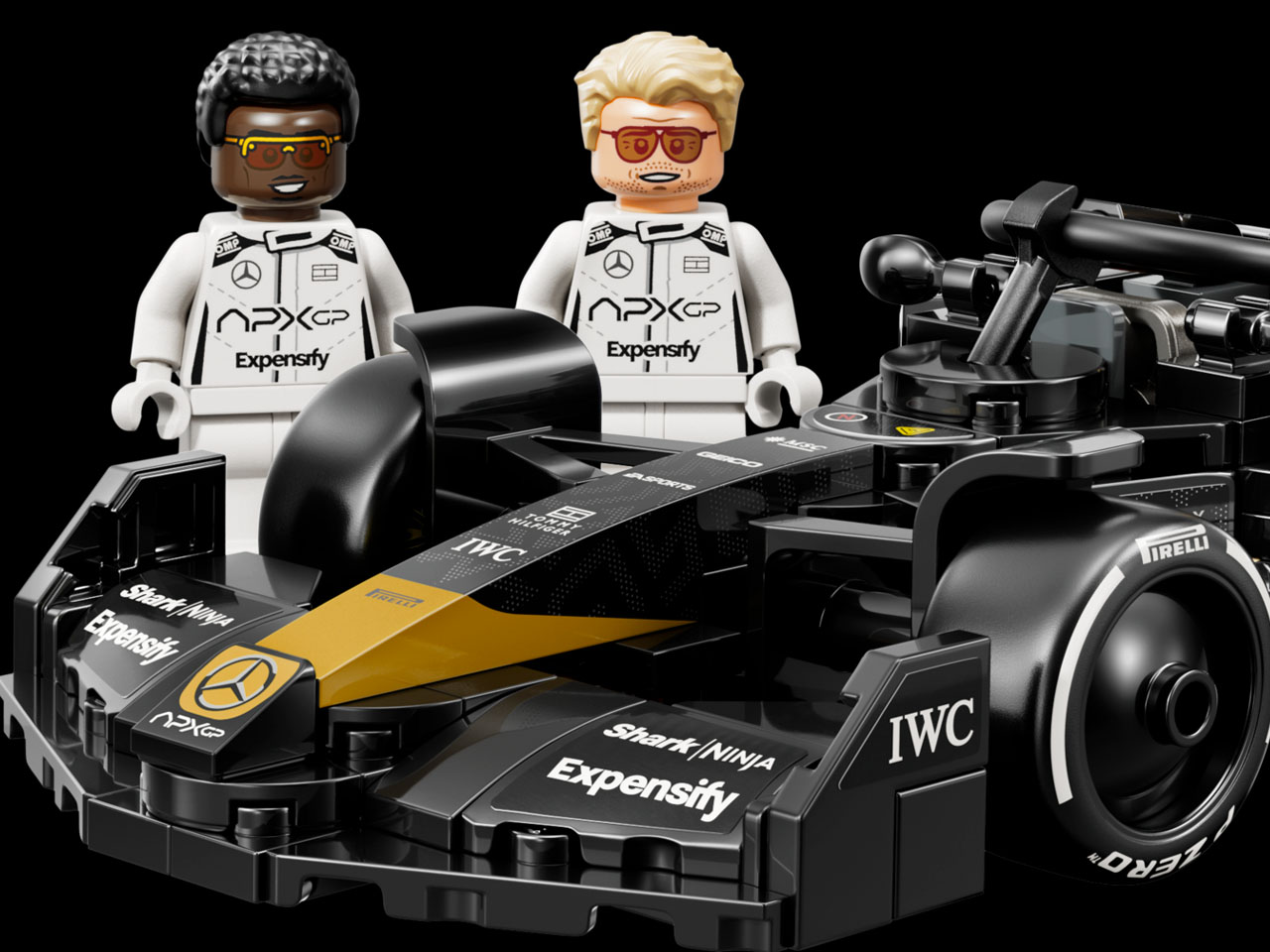
Set to launch in January 2026 for $28, the LEGO Speed Champions APXGP Team Race Car feels like a fitting tribute to the fusion of film and motorsport. It’s sleek, affordable, and full of character, and it’s a must-have collectible whether you’re a Speed Champions devotee, an F1 purist, or just someone who can’t resist a bit of cinematic speed on the shelf.
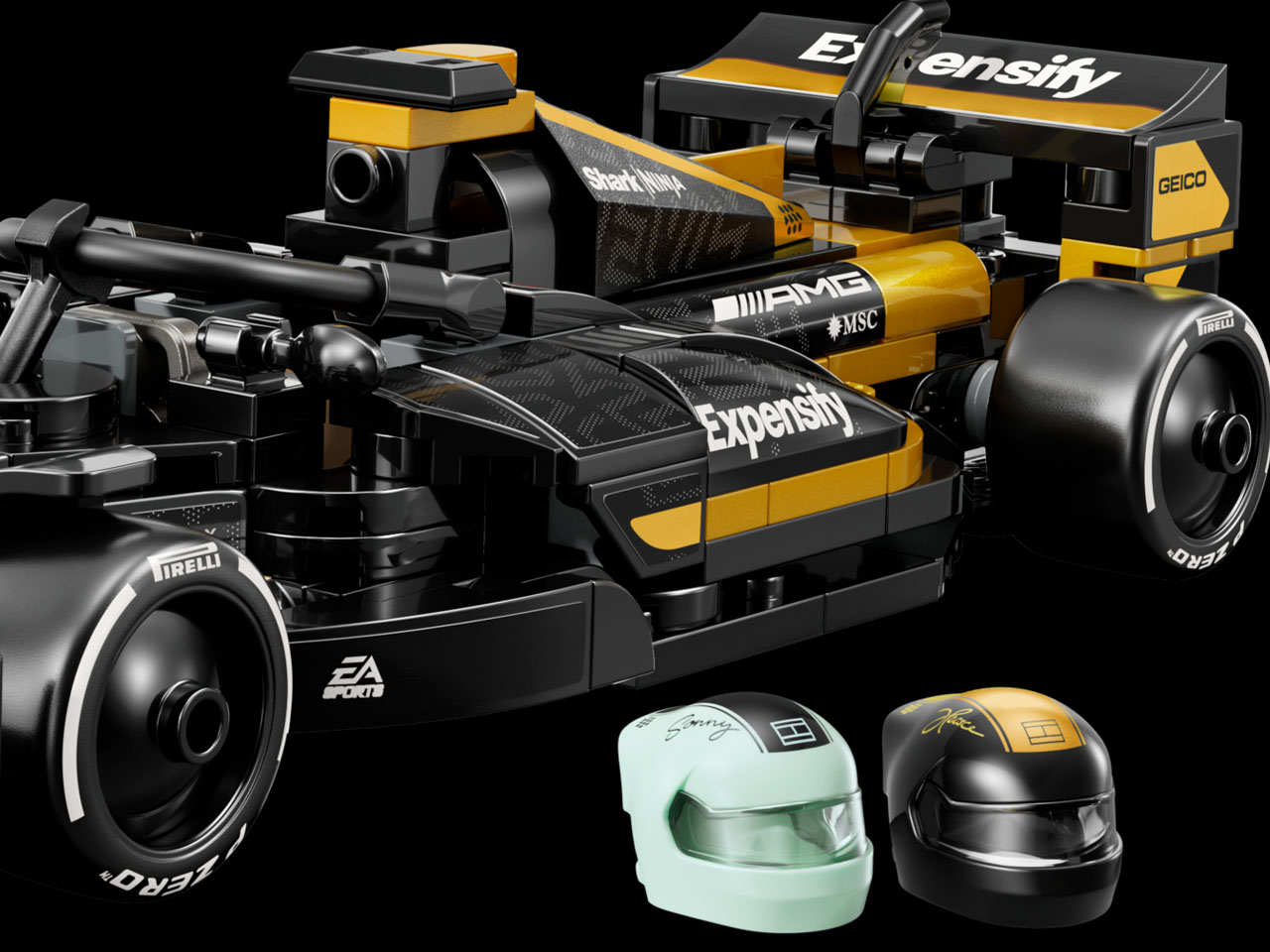
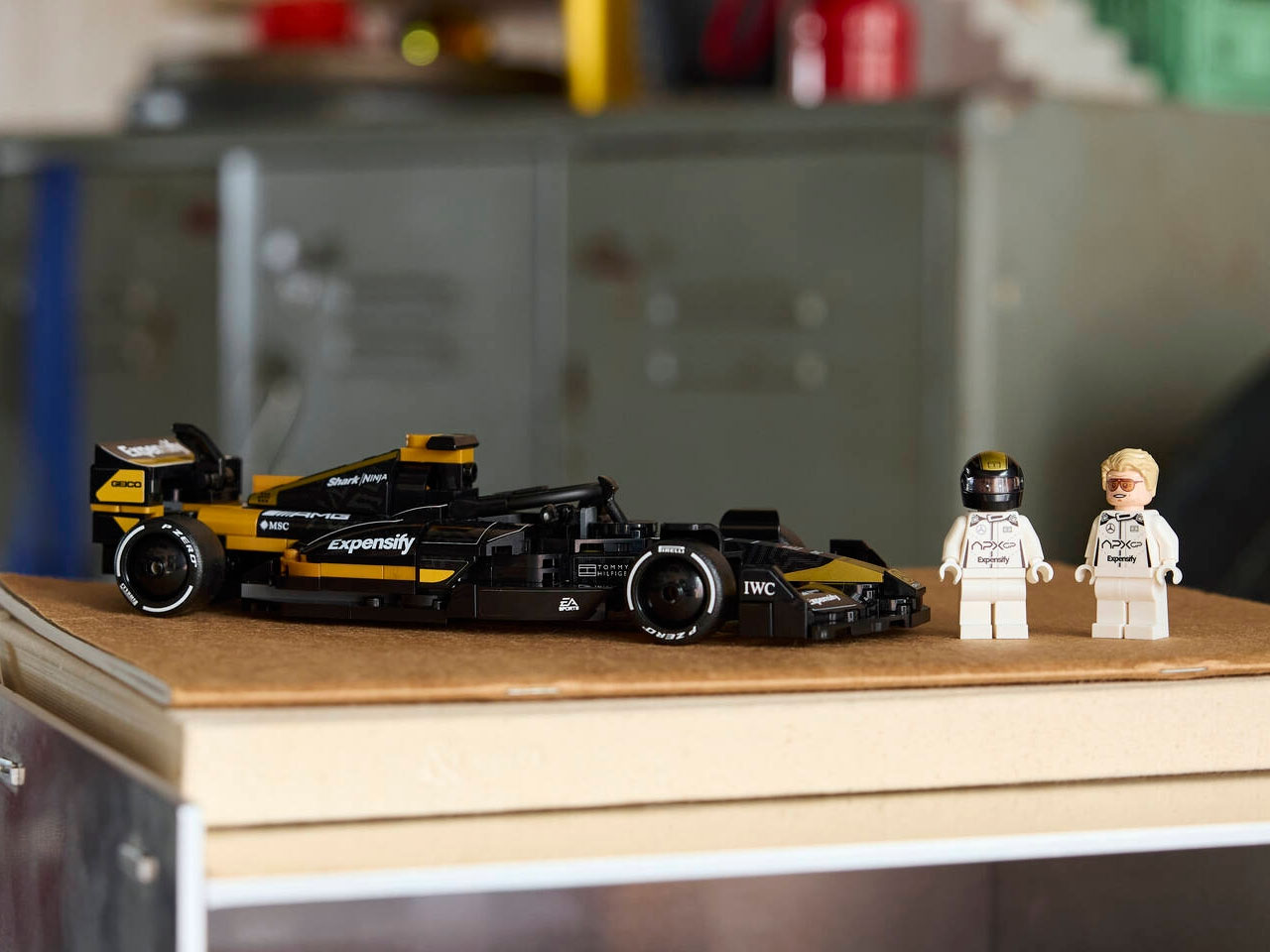
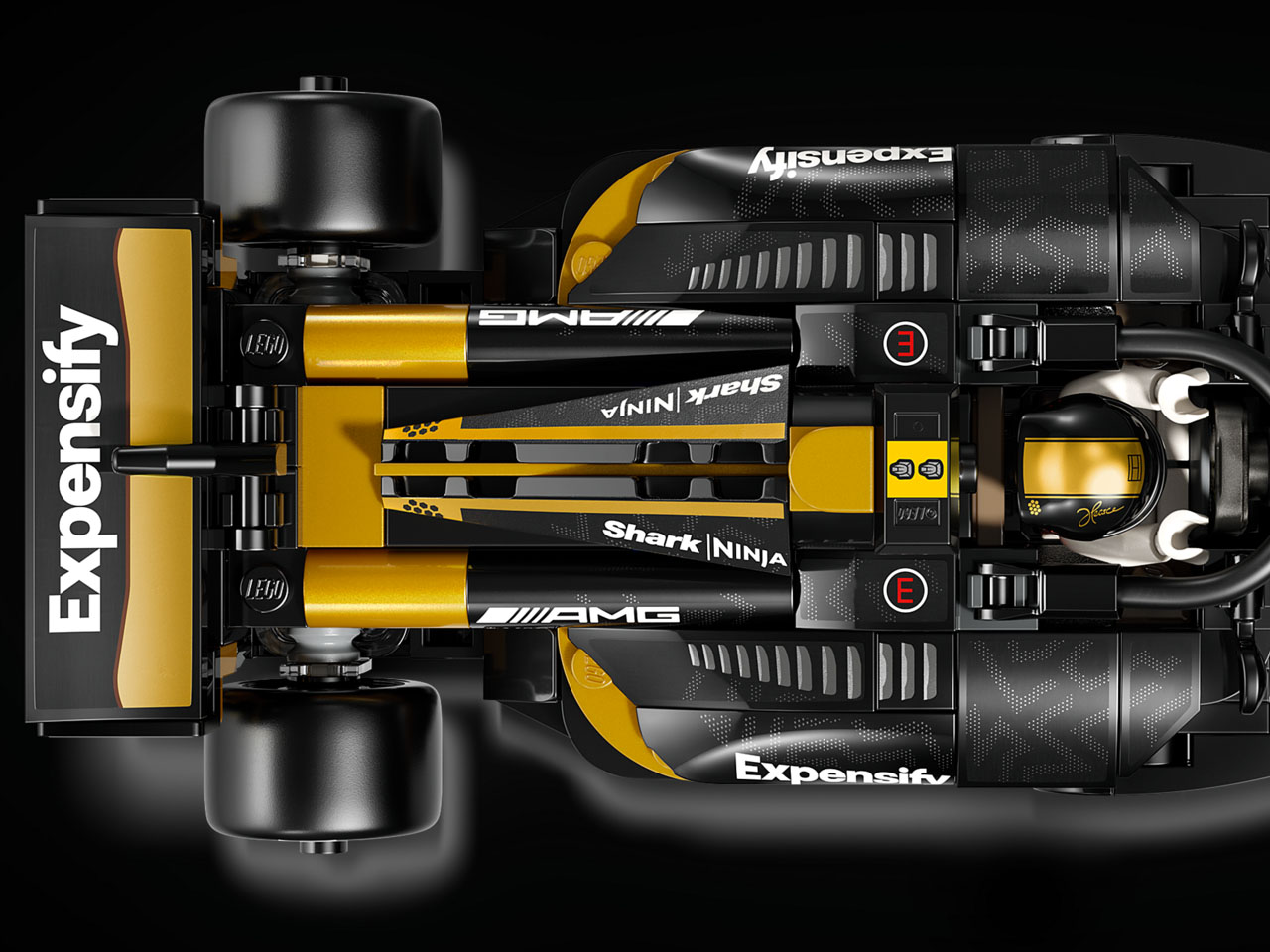

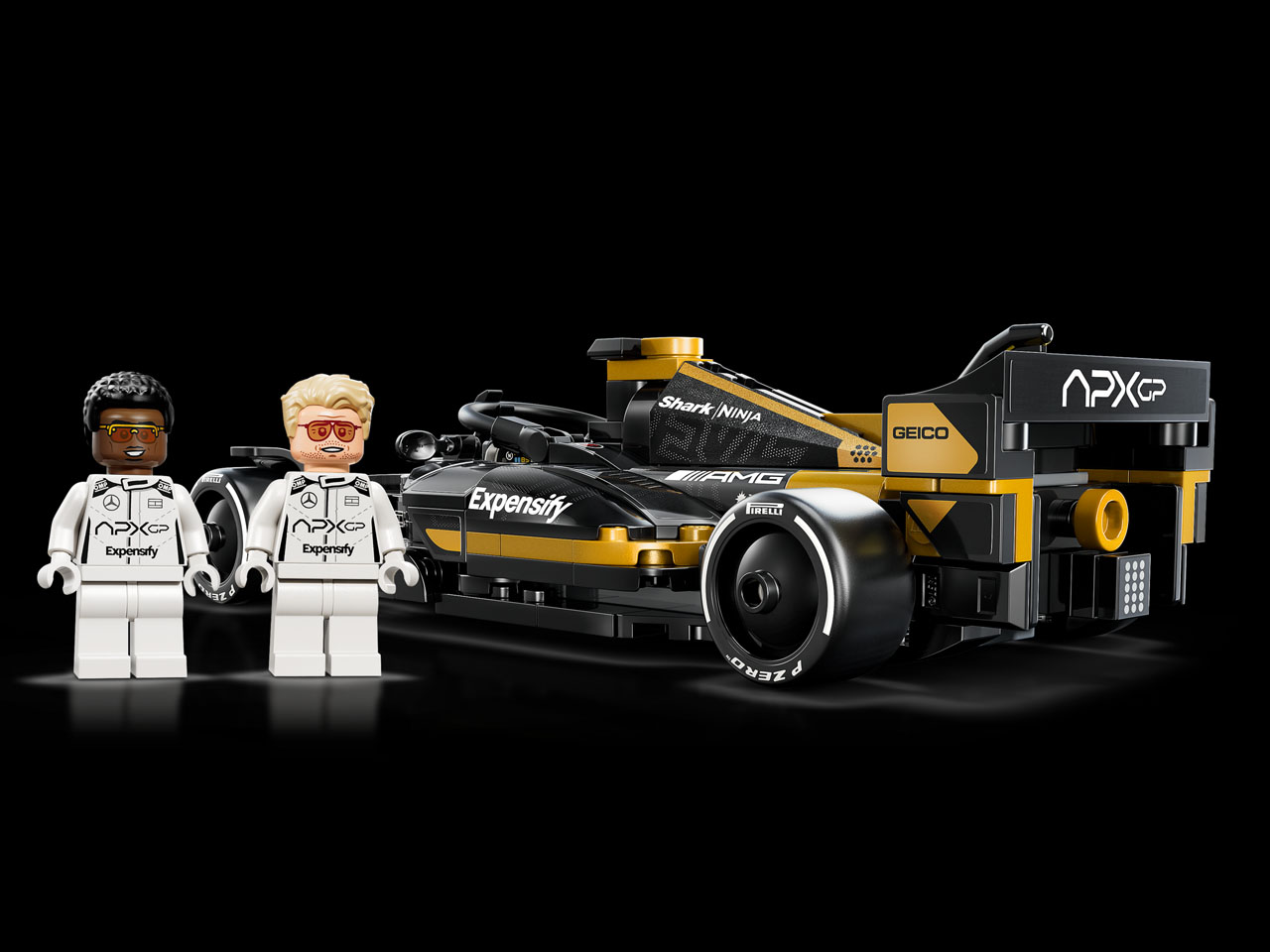
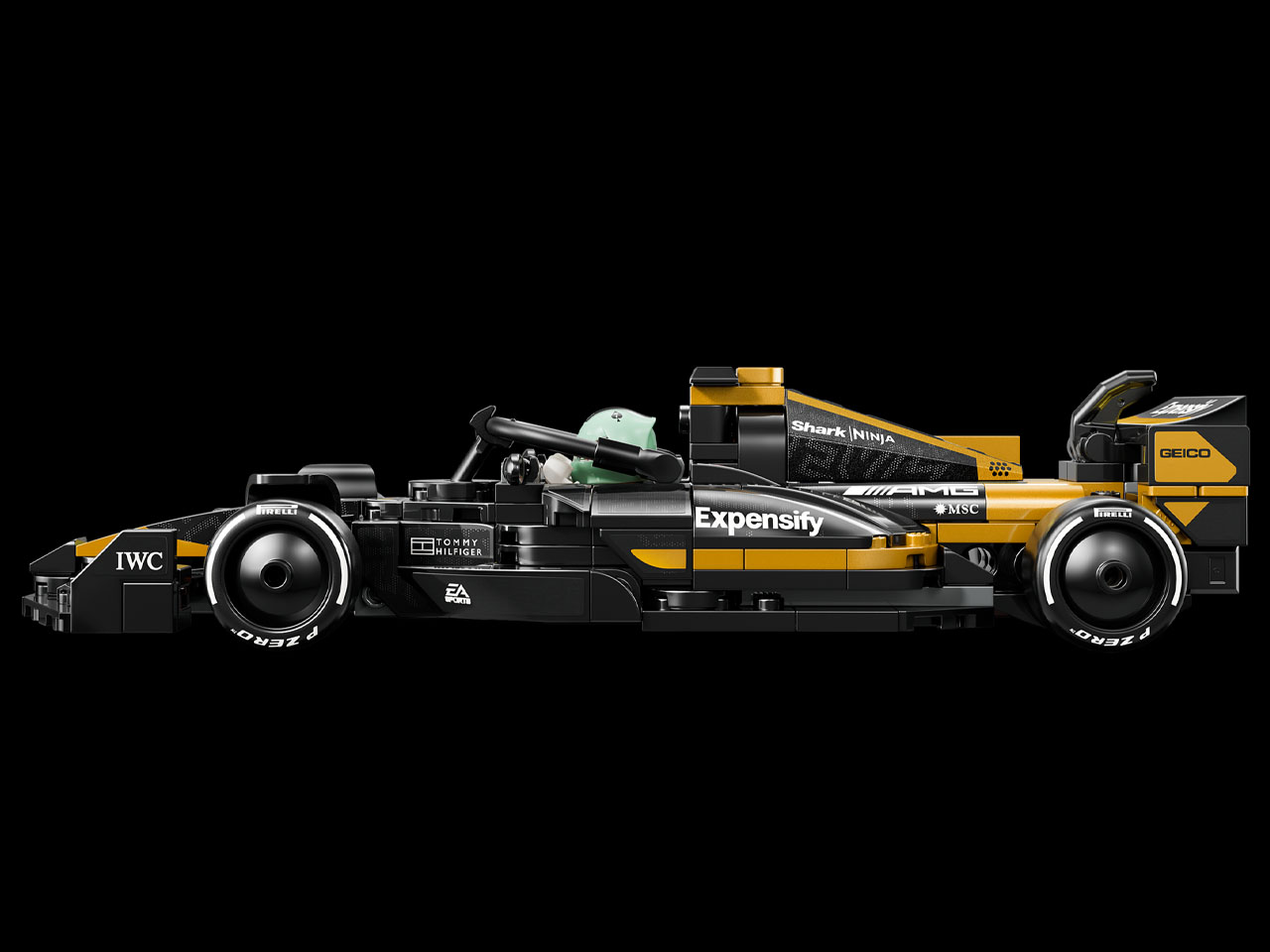
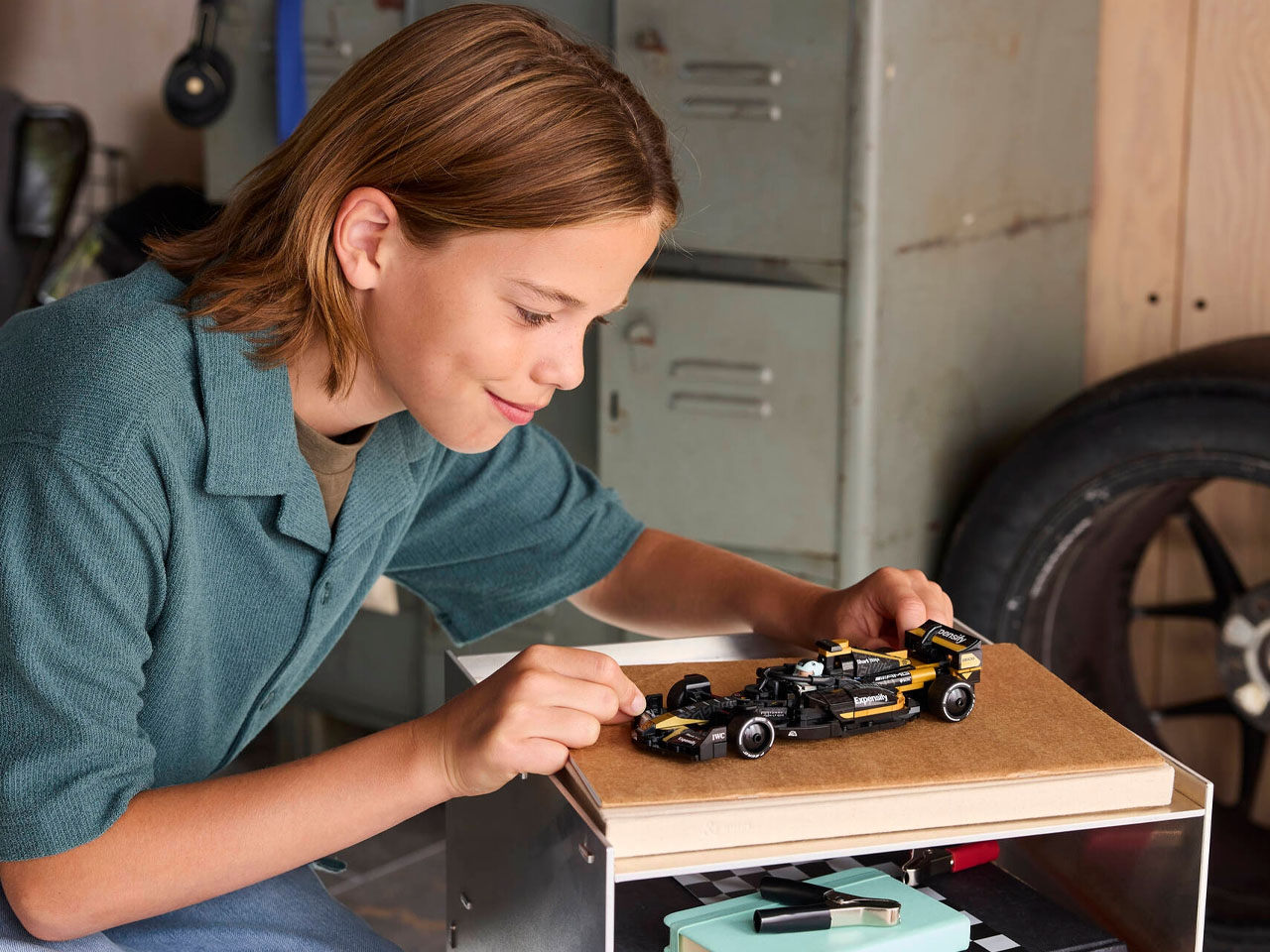
The post LEGO unveils APXGP Team Race Car that replicates intricate details of “F1 The Movie” first appeared on Yanko Design.













